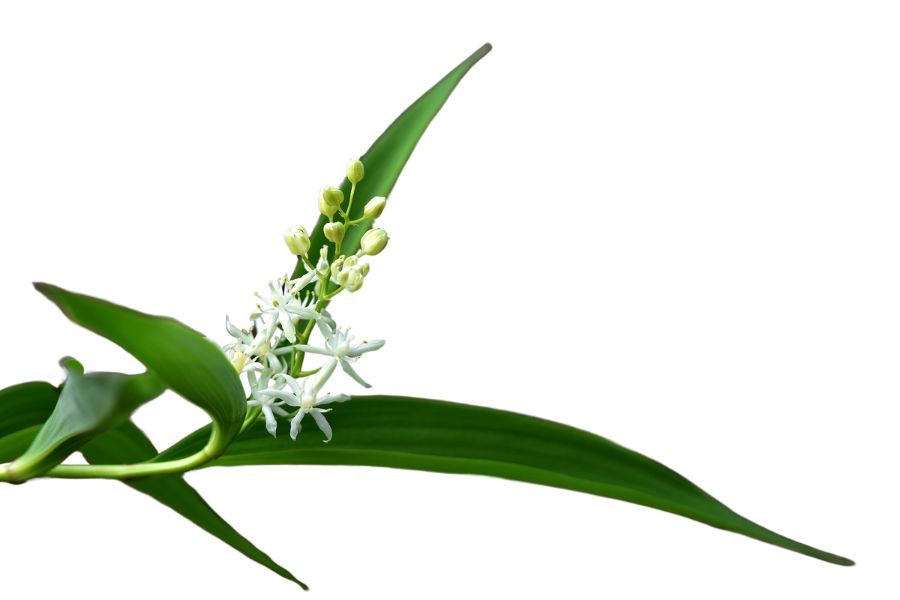Arkansas holds some of the best wild food sources in the entire country. The state’s diverse landscapes create perfect growing conditions for dozens of edible plants that most people walk right past every day.
From the Ozark Mountains in the north to the pine forests in the south, each region offers its own unique collection of wild edibles. Spring brings tender greens and early berries, while fall delivers nuts and late-season fruits. Even winter provides opportunities for those who know where to look.
Many Arkansas residents already know about common finds like blackberries and pecans. However, the state’s forests and fields hide many other nutritious plants that can supplement your meals or serve as emergency food sources.
Wild foraging requires knowledge, patience, and respect for the environment. The key to success lies in understanding which plants grow where and when they reach peak harvest times.
What We Cover In This Article:
- The Edible Plants Found in the State
- Toxic Plants That Look Like Edible Plants
- How to Get the Best Results Foraging
- Where to Find Forageables in the State
- Peak Foraging Seasons
- The extensive local experience and understanding of our team
- Input from multiple local foragers and foraging groups
- The accessibility of the various locations
- Safety and potential hazards when collecting
- Private and public locations
- A desire to include locations for both experienced foragers and those who are just starting out
Using these weights we think we’ve put together the best list out there for just about any forager to be successful!
A Quick Reminder
Before we get into the specifics about where and how to find these plants and mushrooms, we want to be clear that before ingesting any wild plant or mushroom, it should be identified with 100% certainty as edible by someone qualified and experienced in mushroom and plant identification, such as a professional mycologist or an expert forager. Misidentification can lead to serious illness or death.
All plants and mushrooms have the potential to cause severe adverse reactions in certain individuals, even death. If you are consuming wild foragables, it is crucial to cook them thoroughly and properly and only eat a small portion to test for personal tolerance. Some people may have allergies or sensitivities to specific mushrooms and plants, even if they are considered safe for others.
The information provided in this article is for general informational and educational purposes only. Foraging involves inherent risks.
The Edible Plants Found in the State
Wild plants found across the state can add fresh, seasonal ingredients to your meals:
Sand Plum (Prunus angustifolia)

Sand plum is a wild fruit that grows in many parts of the United States. This thorny shrub can grow up to 12 feet tall and creates thickets that wildlife love for shelter. The plant blooms with pretty white flowers in spring before producing small fruits that turn red or yellow when ripe.
When foraging, look for clusters of plums along branches and make sure they’re fully colored and slightly soft when squeezed. Wild cherries might look similar but have longer stems and different leaf patterns.
The fruits are tart but edible when fully ripe, making excellent jams, jellies, and wines. The skin is thin and tangy while the flesh is juicy and sweet-tart.
Native Americans used sand plums not only for food but also for medicine. The fruits contain lots of vitamins A and C, antioxidants, and natural pectin that helps thicken jams.
Redbud (Cercis canadensis)
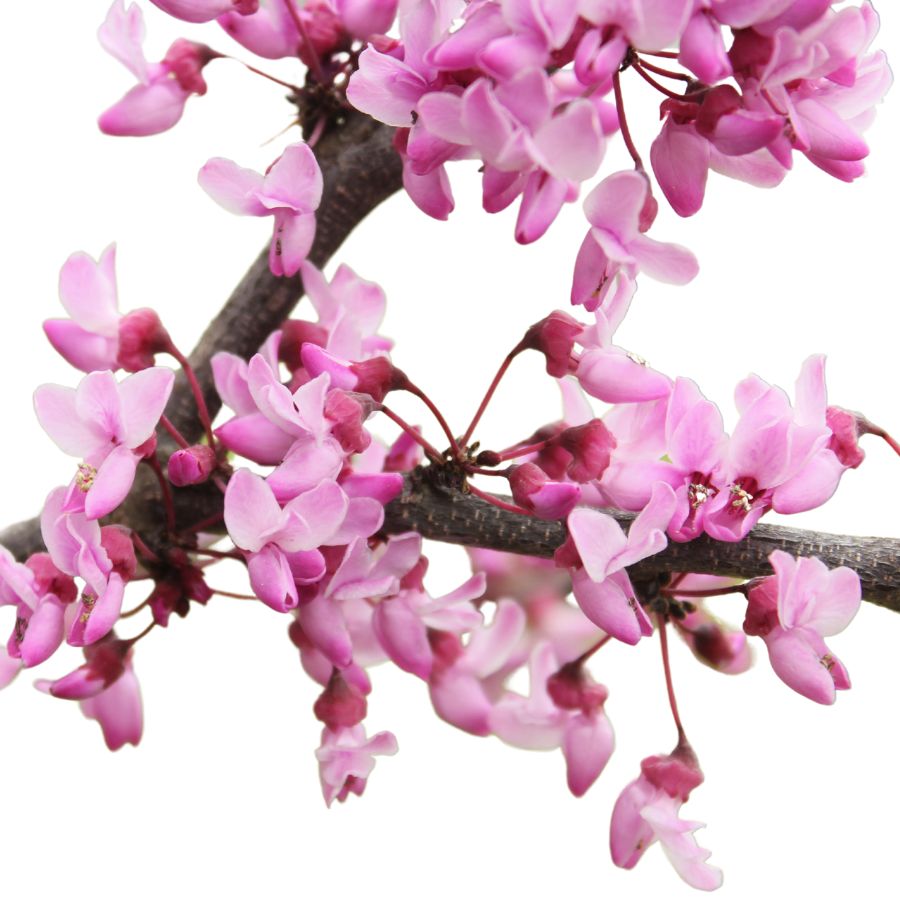
The small, pinkish-purple flowers of the eastern redbud grow directly from the branches and even the trunk. These blooms are edible raw and have a slightly tangy, pea-like flavor that works well in salads or as a garnish.
You can also eat the young seed pods when they’re still flat and tender. They taste somewhat like snow peas and can be lightly steamed, stir-fried, or pickled.
Avoid older seed pods, which become tough and fibrous. Also be aware that while the flowers and young pods are safe to eat, the mature seeds and bark are not consumed.
Some people sprinkle the blossoms into baked goods for a splash of color and a mild floral note. Others like to candy the flowers, though they lose some of their fresh bite in the process.
Pawpaw (Asimina triloba)
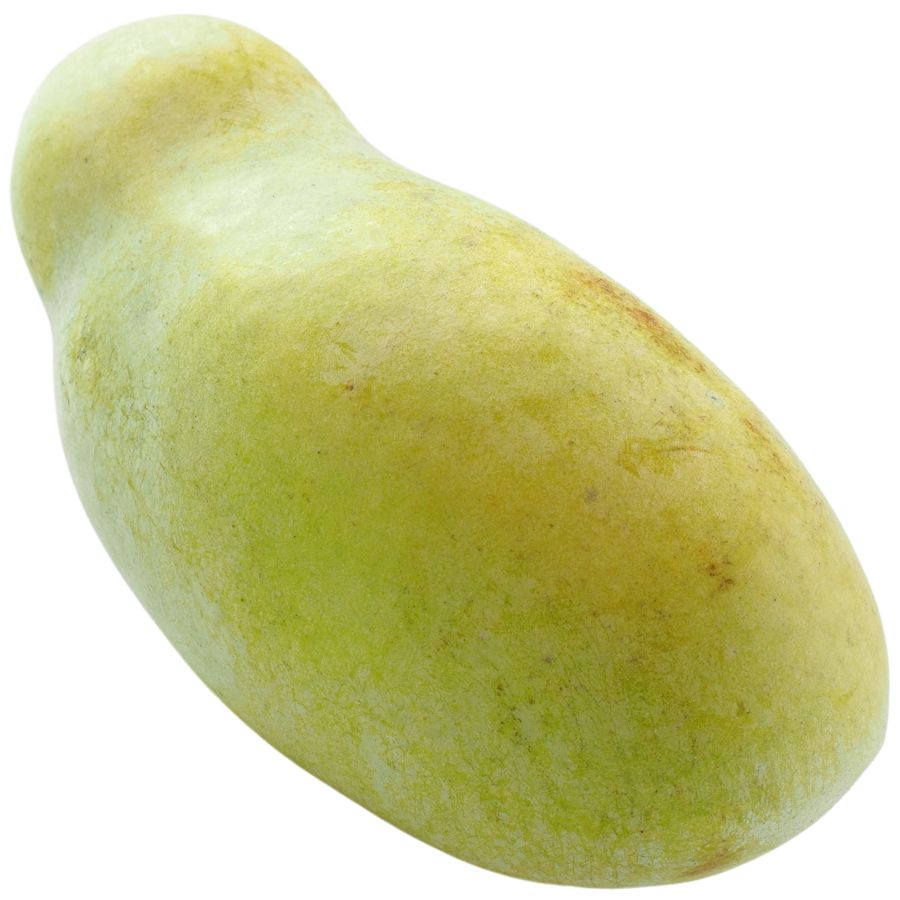
The pawpaw grows fruits that are green and shaped a little like small mangoes. Inside, the soft yellow flesh tastes like a blend of banana, mango, and melon, with a custard-like texture that melts in your mouth.
If you are comparing it to similar plants, keep in mind that young pawpaw trees can look a little like young magnolias because of their large leaves. True pawpaws grow fruits with large brown seeds tucked inside, while magnolias do not produce anything that looks or tastes similar.
You can eat the flesh straight out of the skin with a spoon, or mash it into puddings, smoothies, and even homemade ice cream. Some people also like to freeze it into cubes for later, although it does tend to brown quickly once exposed to air.
Stick to eating the soft inner flesh. Make sure not to ingest the skin and seeds of the fruit because they contain compounds that can upset your stomach.
This fruit is that it was a favorite snack of Native Americans and early explorers long before it started showing up in backyard gardens.
Sassafras (Sassafras albidum)
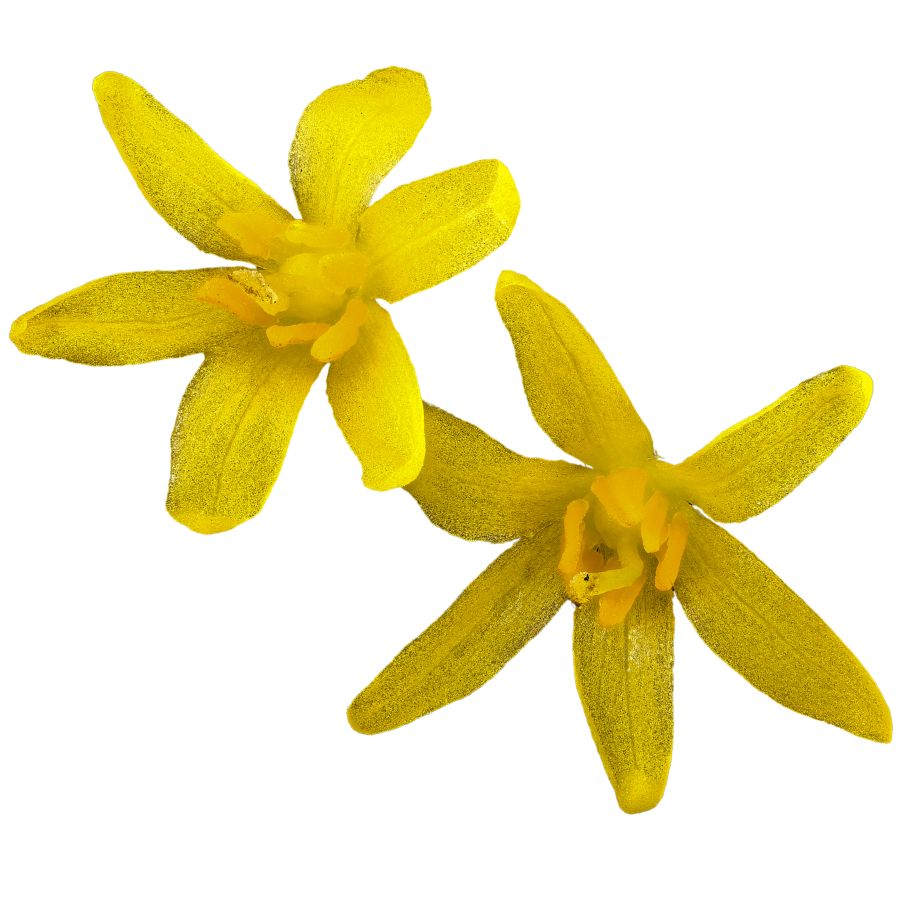
Sassafras is a small deciduous tree with bright green leaves that feel slightly mucilaginous when crushed. You can eat the young leaves raw or dried, and they develop a unique flavor—lightly citrusy, with a smooth texture when chewed.
People use the ground leaves as a thickener in soups and stews, especially in southern recipes. The bark and roots have a stronger taste and were historically brewed into teas with a deep, spicy profile.
There’s a caution with sassafras root: it contains safrole, which has been restricted from commercial food use due to safety studies. However, using a small amount occasionally in traditional preparations is still common in home kitchens.
The tree has a sweet, clove-like scent that sets it apart when the leaves or twigs are snapped. Its closest lookalikes lack that scent and don’t have the same combination of leaf shapes on a single branch.
American beautyberry (Callicarpa americana)
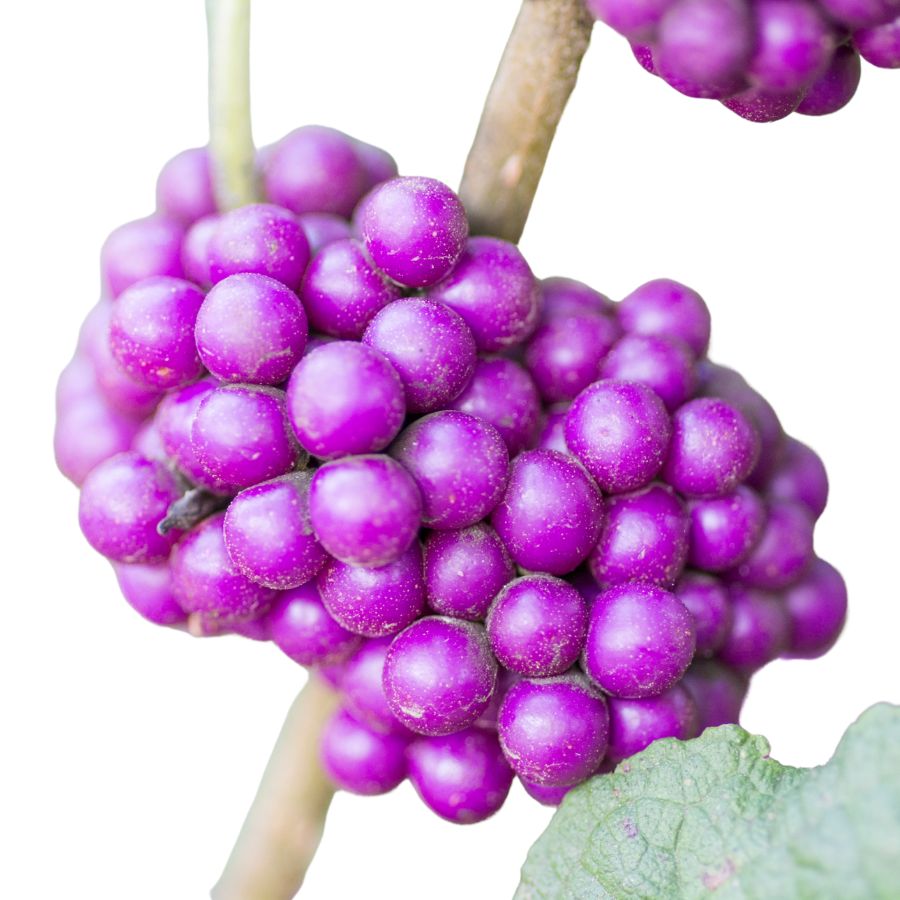
American beautyberry, sometimes called French mulberry or sourbush, is highly easily recognizable thanks to its bright clusters of purple berries wrapped tightly around its stems. The plant itself has arching branches and broad, serrated leaves that give off a slight spicy scent when crushed.
The berries are edible and have a mild, slightly sweet flavor with a soft, juicy texture that some people find a little gritty. Only the ripe purple berries should be eaten, as the leaves and unripe berries are not considered edible.
One of the easiest ways to enjoy beautyberries is by making jelly, where the fruit’s subtle taste really shines through. Some people also simmer the berries into syrups or add them to baked goods, although the flavor can be too delicate to stand out without a little help from sugar or lemon.
Beautyberries are sometimes confused with pokeweed, but pokeweed’s berries are a darker purple and grow on red stems in drooping clusters rather than tight whorls. Always double-check the plant’s structure and berry arrangement so you can be sure you are harvesting true American beautyberry.
Goosefoot (Chenopodium berlandieri)
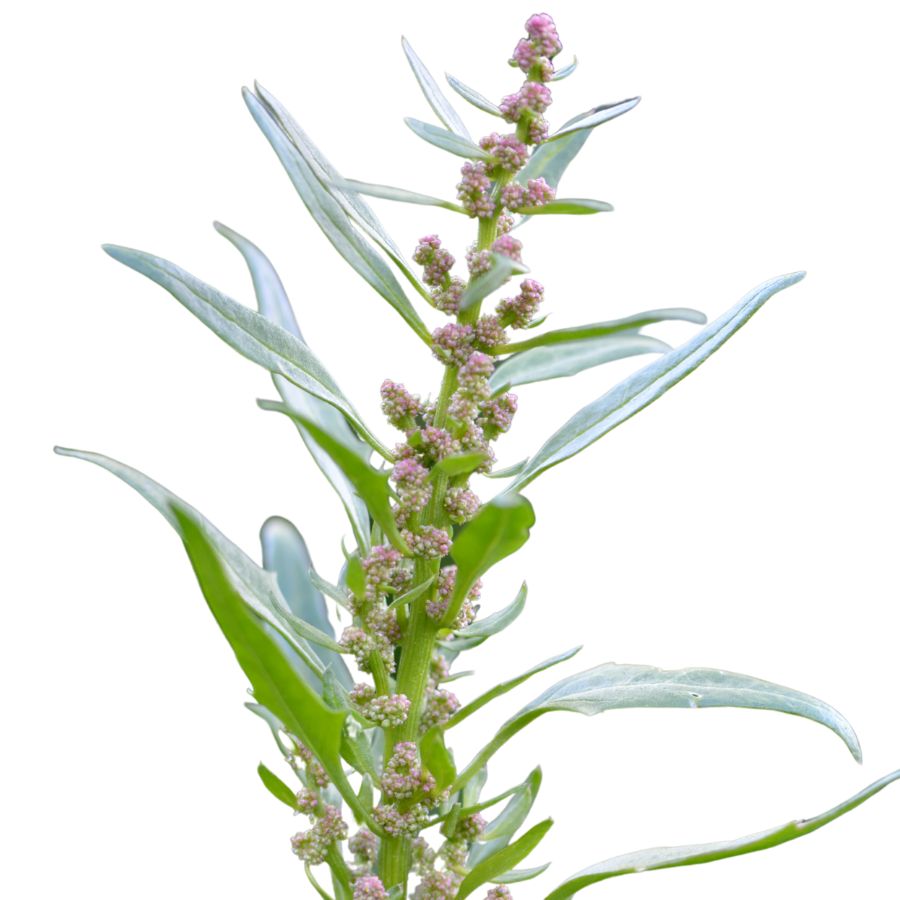
Goosefoot was once a major food crop for Native Americans, even before they grew corn. The plant gets its name from its triangle-shaped leaves that look like a goose’s footprint. It can grow up to 6 feet tall and has a dusty white coating on the undersides of its leaves.
This plant is full of protein, calcium, and vitamins. Many foragers like it because it grows well in city areas and disturbed soil where other wild foods might not grow.
Be careful not to mix up goosefoot with toxic plants in the nightshade family. Goosefoot has no thorns, slightly jagged leaf edges, and a mild smell when you crush the leaves.
The young leaves taste like spinach and can be eaten raw in salads or cooked like greens. You can also collect the seeds and grind them into flour for baking.
Jerusalem artichoke (Helianthus tuberosus)
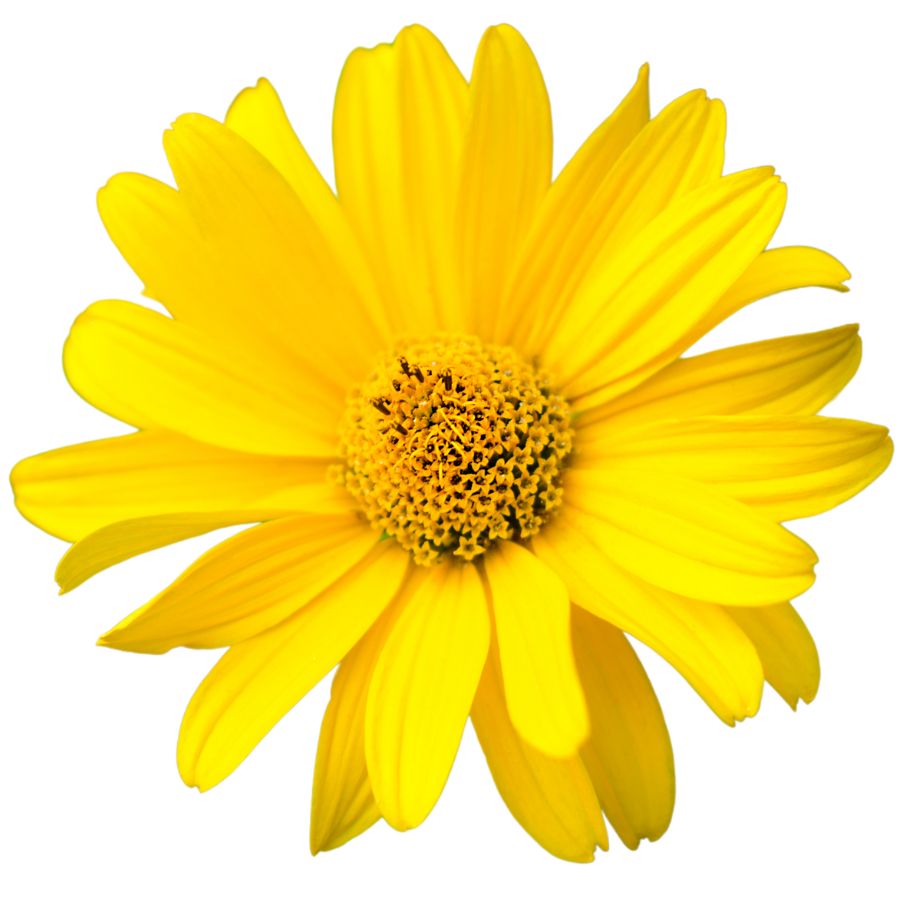
Jerusalem artichoke grows tall with sunflower-like blooms and has knobby underground tubers. The tubers are tan or reddish and look a bit like ginger root, though they belong to the sunflower family.
The part you’re after is the tuber, which has a nutty, slightly sweet flavor and a crisp texture when raw. You can roast, sauté, boil, or mash them like potatoes, and they hold their shape well in soups and stir-fries.
Some people experience gas or bloating after eating sunchokes due to the inulin they contain, so it’s a good idea to try a small amount first. Cooking them thoroughly can help reduce the chances of digestive discomfort.
Sunchokes don’t have many dangerous lookalikes, but it’s important not to confuse the plant with other sunflower relatives that don’t produce tubers. The above-ground part resembles a small sunflower, but it’s the knotted, underground tubers that are worth digging up.
Greenbrier (Smilax spp.)
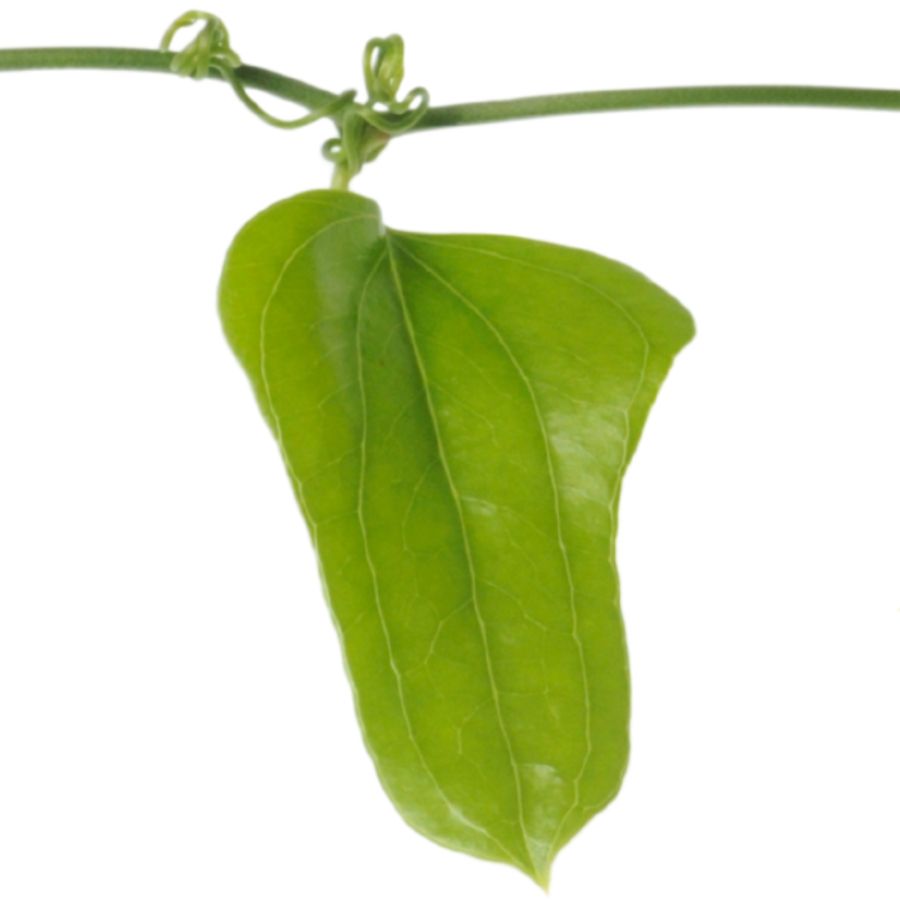
Greenbrier vines grow in tangled masses, with edible tips that can be pinched off and cooked like vegetables. The young shoots snap easily and have a mild, slightly grassy taste.
Some vines look similar but lack the same curling tendrils or bear different leaf shapes. As long as you’re collecting only the soft green tips from a true greenbrier, you’ll be fine.
You can toss the shoots into a pan with garlic and oil, or just blanch and freeze them. People also grind the starchy roots into flour or use them to thicken stews.
The round, bluish or black berries are safe to eat, but they’re not very flavorful. Skip the tough stems—they’re too fibrous to eat and not worth the effort.
False Solomon’s Seal (Maianthemum racemosum)
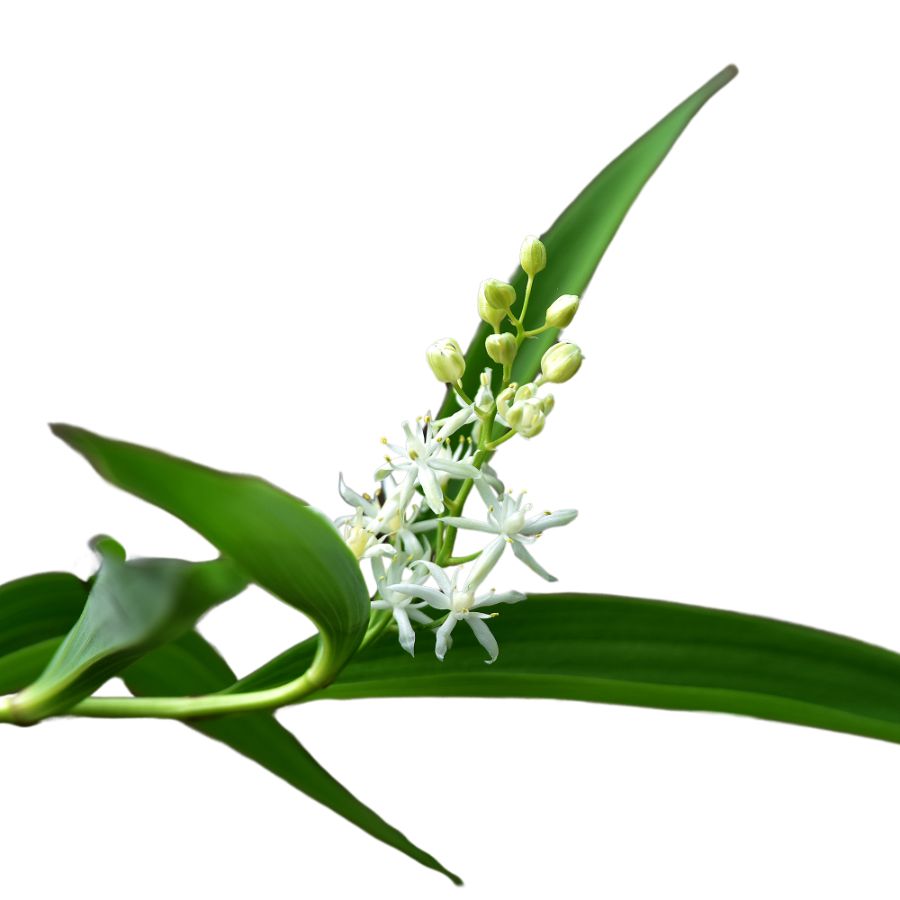
False Solomon’s seal is a beautiful forest plant that many hikers walk past without knowing it’s edible. In the fall, its bright red berries stand out against the dying leaves. The plant grows from underground stems, with arching stalks that have oval leaves lined up along one side.
The young shoots can be picked in spring and cooked like asparagus. The underground stems are also edible when cooked well and taste starchy like potatoes.
Native people used this plant to treat coughs and lung problems. When collecting it, only take a few shoots from each patch so the plant can keep growing for years to come.
You can often confuse this plant with true Solomon’s seal. The main difference is where the flowers grow – false Solomon’s seal has flowers at the tip of the stem, while true Solomon’s seal has flowers hanging under the stem.
Spring Beauty (Claytonia virginica)
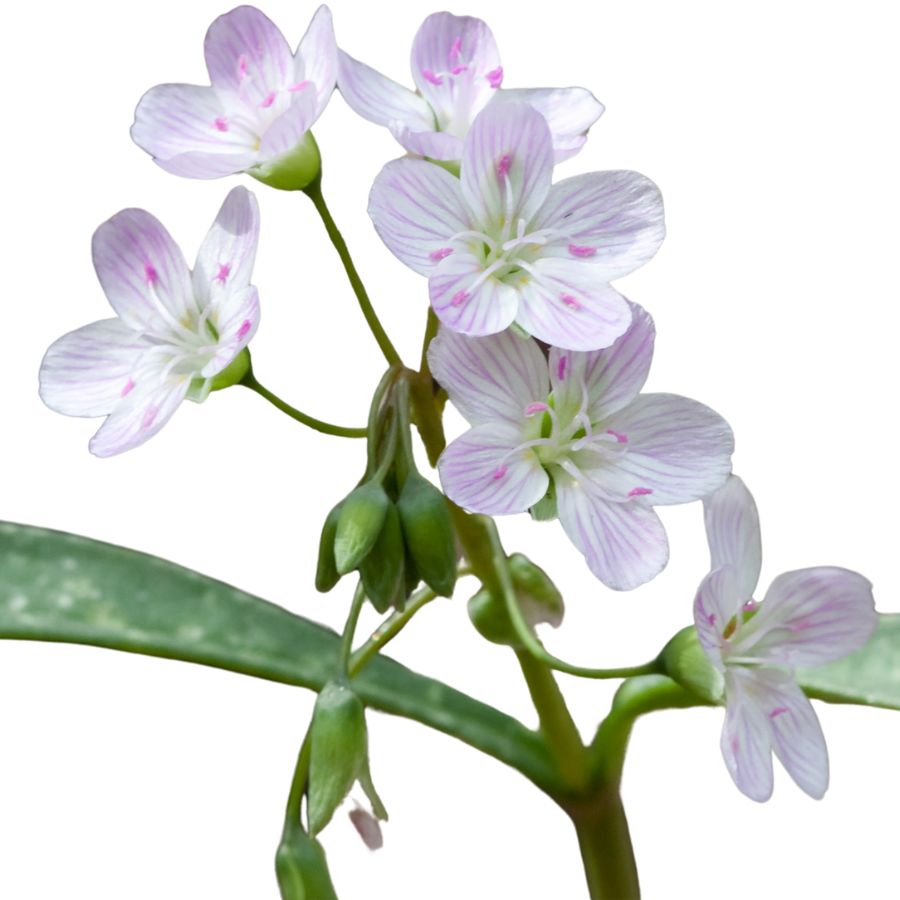
Spring beauty is one of the first flowers you’ll see poking through the last snow of winter. This small plant grows from tiny potato-like roots called corms. Its delicate flowers have white petals with pink stripes that open when the sun shines and close at night.
Unlike many wild plants, spring beauty has no dangerous look-alikes, which makes it good for beginners. You can eat the whole plant, even using the pretty flowers to brighten up salads.
The corms are full of carbs and vitamin C. When digging them up, use a small tool and make sure to leave plenty of plants growing so they’ll come back next year.
The underground corms taste like chestnuts or potatoes and can be boiled, roasted, or added to soups. Native Americans dug up these little roots as an important food after long winters.
Pecan (Carya illinoinensis)
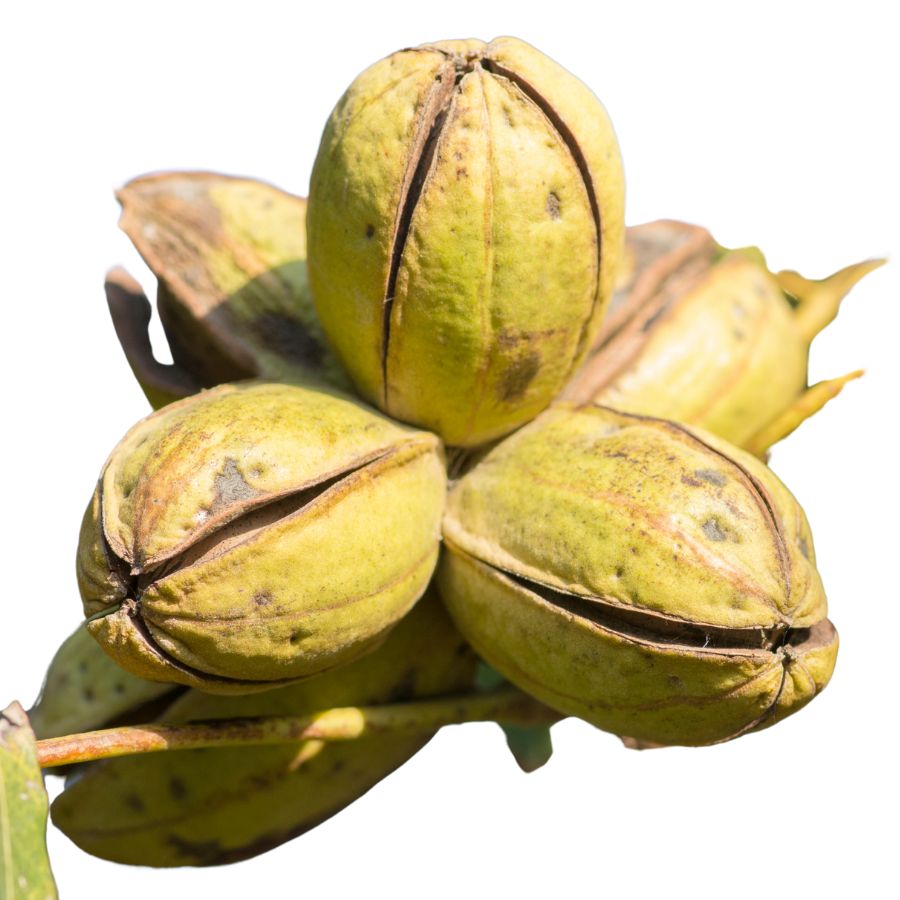
Pecan trees are sometimes called sweet pecans or just pecans, and they are easy to recognize once you know what to look for. They grow tall with long, feather-like leaves and produce a thick-shelled nut that splits open when ripe, revealing the edible part inside.
The nuts are hidden inside a smooth brown shell surrounded by a greenish husk. Some types of hickory nuts can look similar, but pecans are more elongated and have a thinner shell that cracks more easily.
Pecans have a rich, buttery flavor with a slightly sweet aftertaste, and their texture is firm yet tender when fresh. They are commonly roasted, baked into pies, or used raw in salads and desserts for added crunch and flavor.
Be careful not to eat the green outer husk or the hard shell, as only the nutmeat inside is edible. When gathering pecans, make sure they are fully ripened and free from mold or bitterness, which can ruin their flavor.
Groundnut (Apios americana)

Groundnut is also called potato bean or Indian potato, and it grows as a climbing vine with clusters of pinkish-purple flowers. The part most people go for is the underground tuber, which looks a bit like a small, knobby chain of beads.
The flavor is richer than a regular potato, with a nutty, earthy taste and a dense, almost chestnut-like texture when cooked. It holds up well in soups and stews, or you can boil and mash it like a root vegetable.
Some people slice it thin and roast it until crisp, while others slow-cook it to bring out a sweeter taste. The vine also produces beans, but the root is what’s usually eaten.
There are a few vines that resemble groundnut, but many of those don’t have the same distinctive flower clusters or tend to lack the beadlike roots. Always make sure you’re digging up the right plant before cooking it.
Chokecherry (Prunus virginiana)
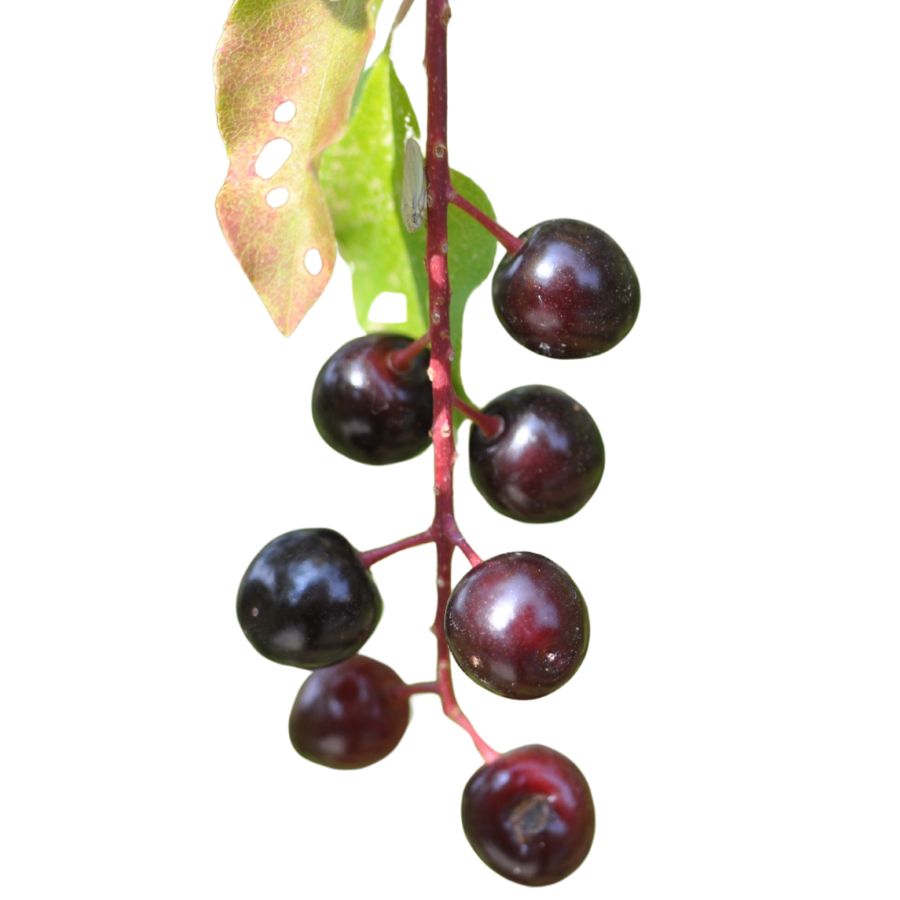
Clusters of dark berries hanging from a woody shrub usually indicate chokecherries, especially when the leaves are oval with finely toothed edges. These berries turn from red to deep purple or black when they’re ready to eat.
Chokecherries are rarely eaten raw due to their bitterness, but they shine in cooked recipes like preserves, sauces, or even homemade wine. Boiling the fruit and straining it helps separate the pulp from the inedible seeds.
It’s easy to mix up chokecherries with other wild cherries, but true chokecherries have longer, narrower leaves and a more astringent taste. Avoid anything with rounder, solitary berries or a sweet scent without the signature tartness.
Their texture is slightly gritty around the pit, and the flavor improves significantly with sugar and heat. A strong astringent quality dominates the raw berry, but the processed pulp becomes rich and deeply flavored.
Slippery Elm (Ulmus rubra)
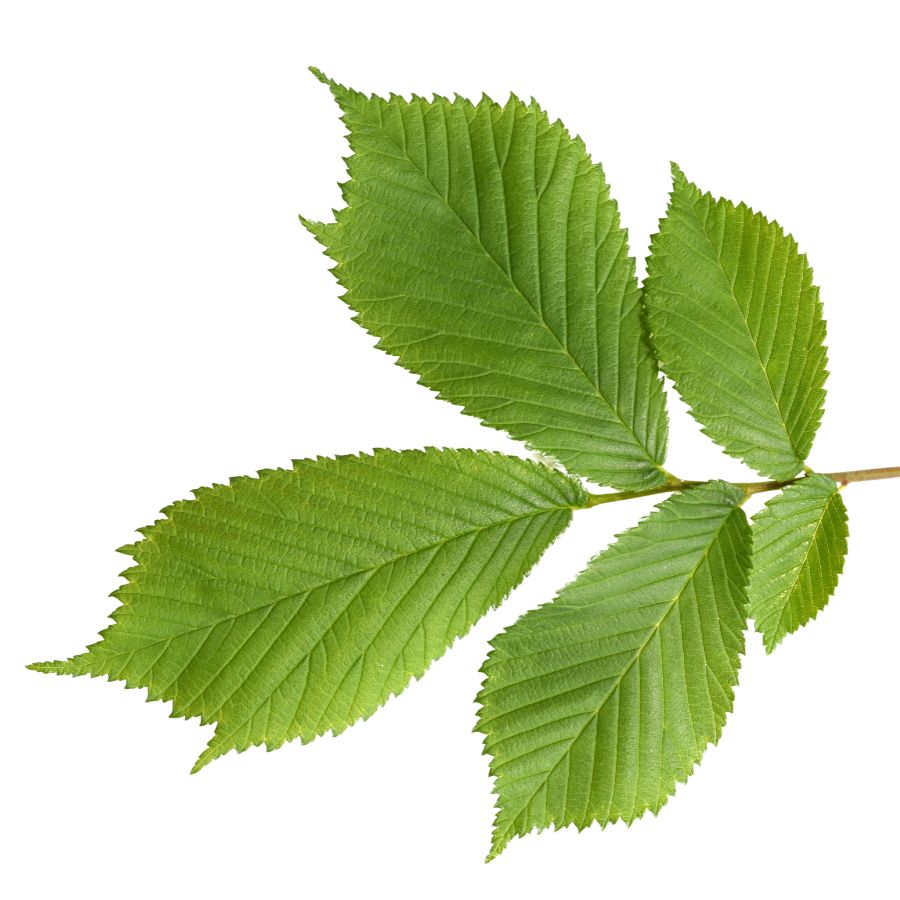
Slippery elm is a tree that could save your life in the woods. It got its name because the inner bark becomes very slippery and gooey when wet. This tree has rough bark with deep grooves and leaves that feel like sandpaper on top but soft and fuzzy underneath.
You can dry and grind the inner bark into a powder that swells in water to make a filling porridge. This survival food contains many nutrients including calcium, iron, and several vitamins.
When collecting bark, only take small strips from large trees and never take bark from all around the trunk or you’ll kill the tree. Slippery elm looks similar to American elm, but if you wet the inner bark, only slippery elm becomes, well, slippery!
For hundreds of years, people have used slippery elm bark as medicine. The inner bark helps soothe sore throats, stomach problems, and even skin wounds when made into a tea or paste.
Sheep sorrel (Rumex acetosella)
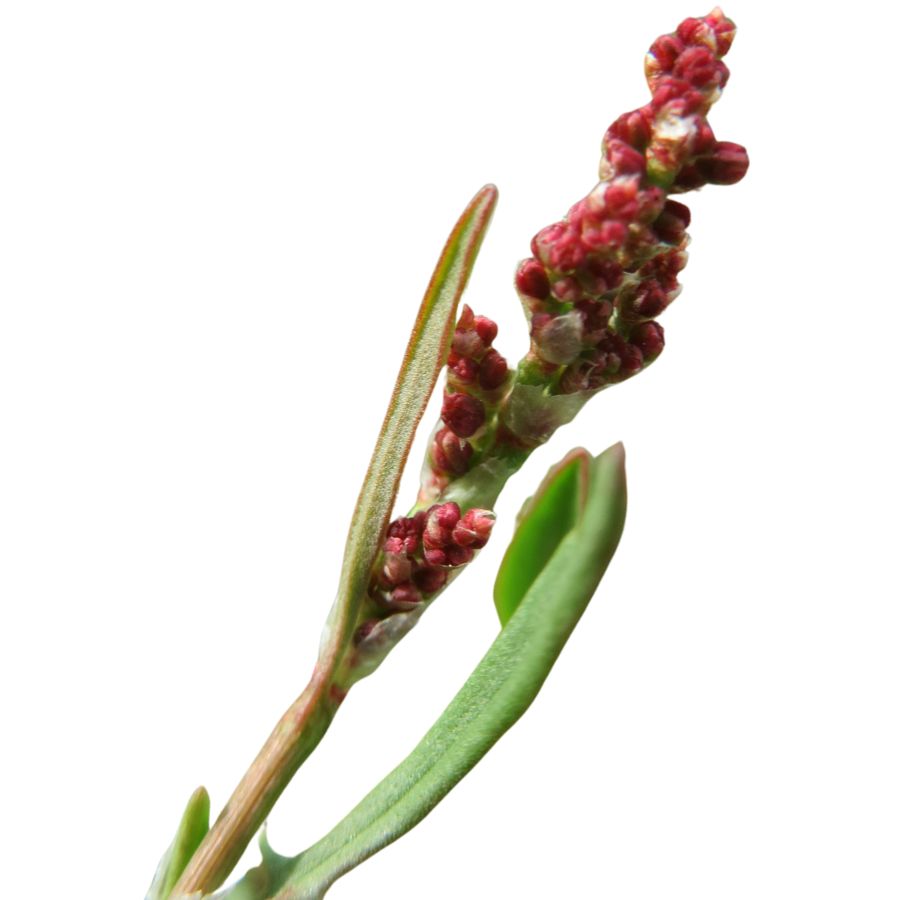
Sheep sorrel has narrow, arrow-shaped leaves with two small lobes at the base and a sharp, lemony flavor that hits immediately when you chew it. You can eat the leaves raw, toss them into soups, or blend them into sauces where their tang brightens up heavy dishes.
The leaves are soft and tender, and the stems are edible too, though they’re a bit more fibrous. Avoid confusing it with related docks like curly dock—those leaves are broader, tougher, and don’t have the same tart bite.
People mostly use sheep sorrel fresh, but it also dries well for tea or powdered seasoning. Its high oxalic acid content means you shouldn’t eat large amounts regularly, especially if you have kidney issues.
Red-tinted veins often run through the green leaves, especially in poor or acidic soils. The roots and flowers aren’t typically eaten, so stick with the leaves and young stems.
Smartweed (Persicaria hydropiper)
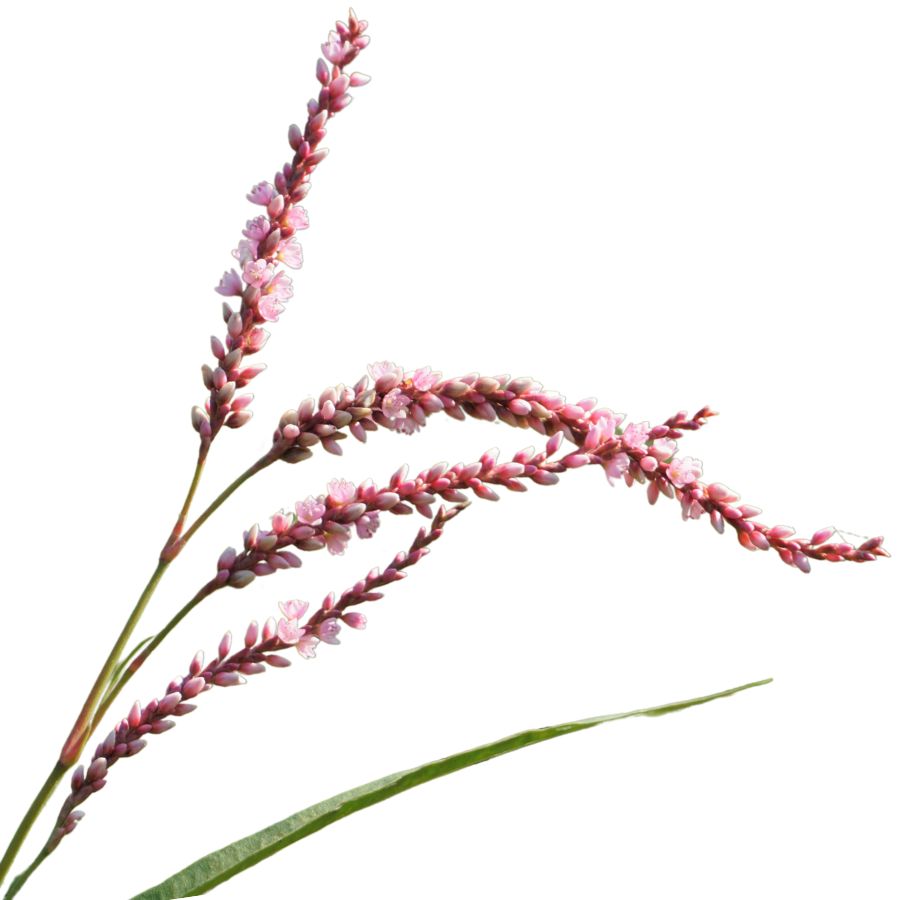
Smartweed, also called water pepper or knotweed, grows with lance-shaped leaves and reddish joints where the leaves meet the stem. The flowers form dense, drooping clusters that range from pale pink to white.
What sets this plant apart is the fiery kick packed in the leaves—it’s strong enough to numb your tongue if you’re not expecting it. The fresh greens can be finely chopped into soups or paired with vinegar to mellow out the intensity.
Avoid confusing it with other Persicaria species like Pennsylvania smartweed, which is milder and has more upright flower spikes. The edible part is strictly the leaf—everything else is either too bitter or too tough to use.
If you’re into bold flavors, smartweed just might be for you. Just don’t overdo it raw unless you’re into eye-watering heat.
Indian Cucumber Root (Medeola virginiana)
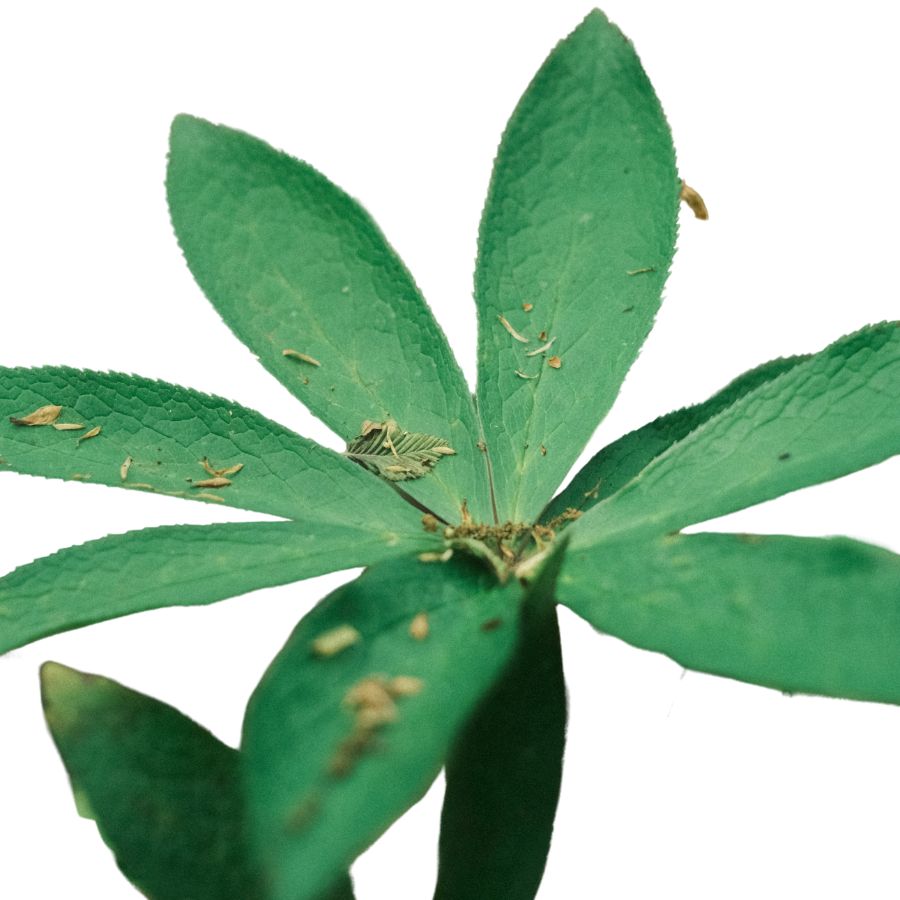
Indian cucumber root hides a crisp, refreshing secret underground. This woodland plant stands about 1-2 feet tall and has two tiers of leaves that spread like little umbrellas. Small yellowish-green flowers dangle beneath the top tier in spring, followed by dark purple berries in late summer.
The white root is the edible treasure and tastes remarkably like cucumber with a slightly sweet crunch. Native Americans valued this plant as both food and medicine throughout the eastern woodlands.
When harvesting, gently dig around the base to expose the root, which looks like a small white carrot. Be sure to replant the growing tip so new plants can develop.
Look-alikes are few, but some similar forest plants are toxic. True Indian cucumber root always has those distinctive whorls of leaves in tiers. Never eat any wild plant unless you’re 100% sure of its identity.
Rich in vitamins and minerals, this plant offers a welcome source of moisture and nutrition on hot summer days when hiking through forests where it grows.
Cattail (Typha latifolia)
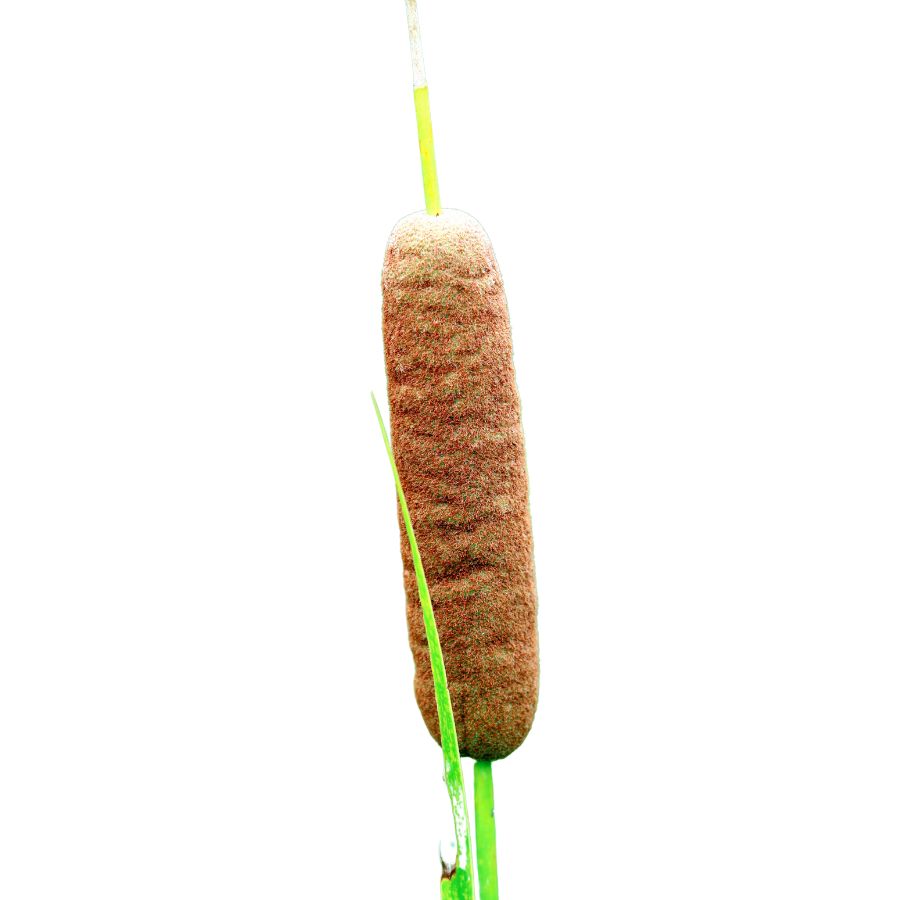
Cattails, often called bulrushes or corn dog grass, are easy to spot with their tall green stalks and brown, sausage-shaped flower heads. They grow thickly along the edges of ponds, lakes, and marshes, forming dense stands that are hard to miss.
Almost every part of the cattail is edible, including the young shoots, flower heads, and starchy rhizomes. You can eat the tender shoots raw, boil the flower heads like corn on the cob, or grind the rhizomes into flour for baking.
Besides food, cattails have long been used for making mats, baskets, and even insulation by weaving the dried leaves and using the fluffy seeds. Their combination of usefulness and abundance has made them an important survival plant for many cultures.
One thing you need to watch for is young cattail shoots being confused with similar-looking plants like iris, which are toxic. A real cattail shoot will have a mild cucumber-like smell when you snap it open, while iris plants smell bitter or unpleasant.
Mulberry (Morus rubra)
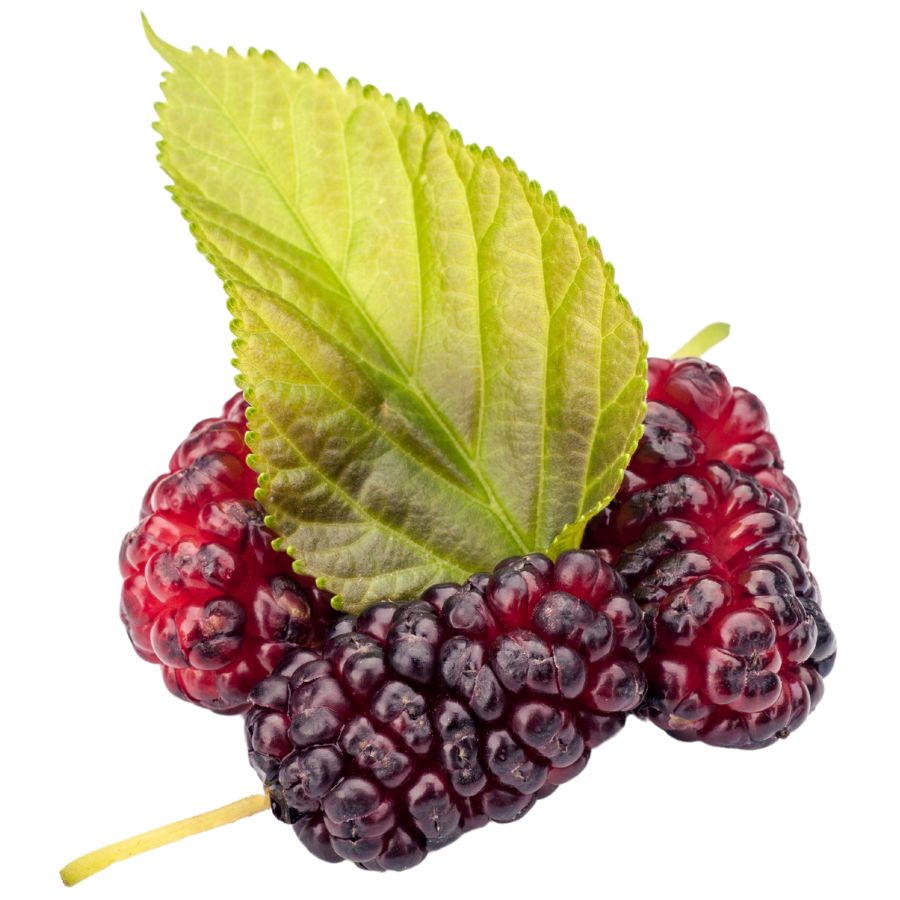
Sweet, juicy, and often overlooked, mulberries are one of the easiest wild berries to recognize. Known by names like white mulberry and red mulberry, these trees produce small, blackberry-like fruits that range from pale pink to deep purple.
The berries have a soft, almost melting texture with a mild tartness behind the sugar. You can eat them fresh by the handful, bake them into pies, or simmer them down into homemade jams and syrups.
While the fruits are safe and delicious when ripe, you should avoid eating the unripe berries or any part of the tree’s sap, which can cause stomach upset. It is also worth knowing that mulberries are delicate and bruise easily when picked, so handle them gently.
Red osier dogwood and some honeysuckles can produce berries that look similar from a distance, but true mulberries grow singly or in loose clusters along the branches and have a distinctive leaf shape that sets them apart. Always double-check the leaf texture and berry arrangement before eating any wild fruits.
Nutsedge (Cyperus esculentus)
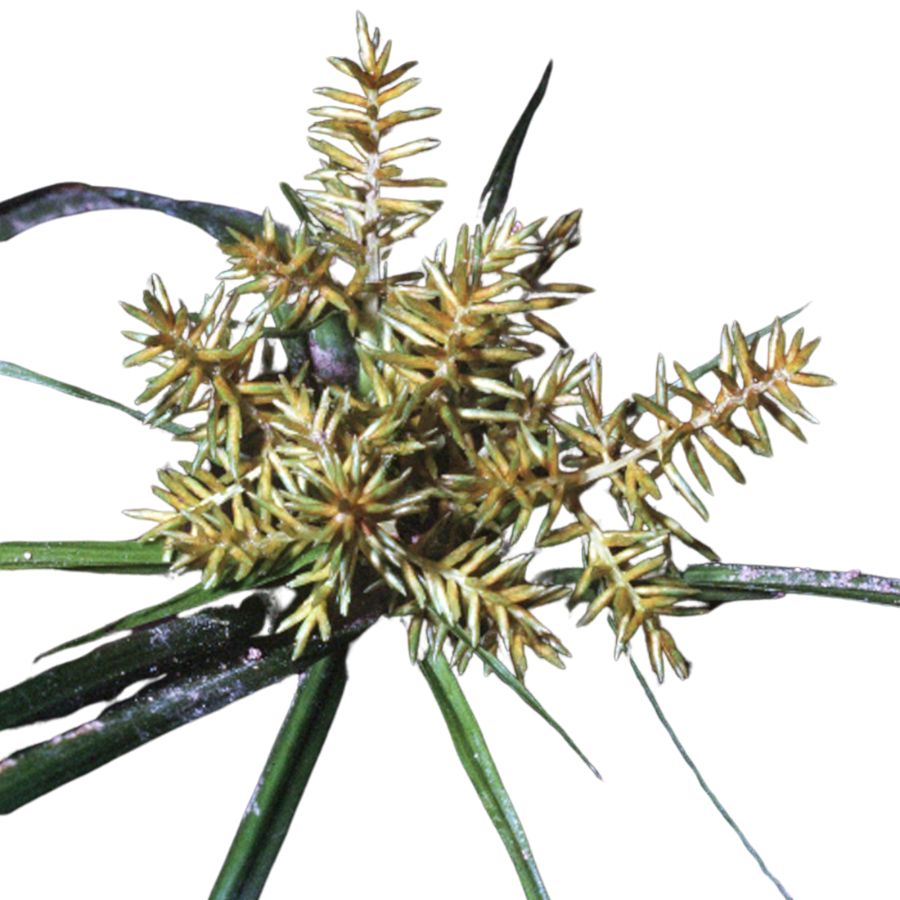
Nutsedge, often called yellow nutsedge or chufa, is considered a troublesome weed by gardeners but a hidden food source by foragers. This grass-like plant grows in disturbed soils and has triangular stems that feel solid when rolled between your fingers. The plant produces small, hard tubers underground that taste like almonds when fresh.
The tubers contain healthy fats, protein, and fiber. They can be eaten raw, roasted like tiny potatoes, or dried and ground into flour for baking.
Many wild animals including turkeys and deer dig up these tubers for food. In Spain, the tubers are cultivated to make a sweet drink called horchata de chufa.
Be careful to identify the plant correctly by its three-sided stems and V-shaped leaf arrangement. Regular grass and toxic look-alikes have round stems.
Harvesting requires digging up the soil around the plant to find the small, knobby tubers attached to the roots. Each plant can produce dozens of tubers, making this a productive wild food worth the effort to collect.Add to Conversation
Toxic Plants That Look Like Edible Plants
There are plenty of wild edibles to choose from, but some toxic native plants closely resemble them. Mistaking the wrong one can lead to severe illness or even death, so it’s important to know exactly what you’re picking.
Poison Hemlock (Conium maculatum)
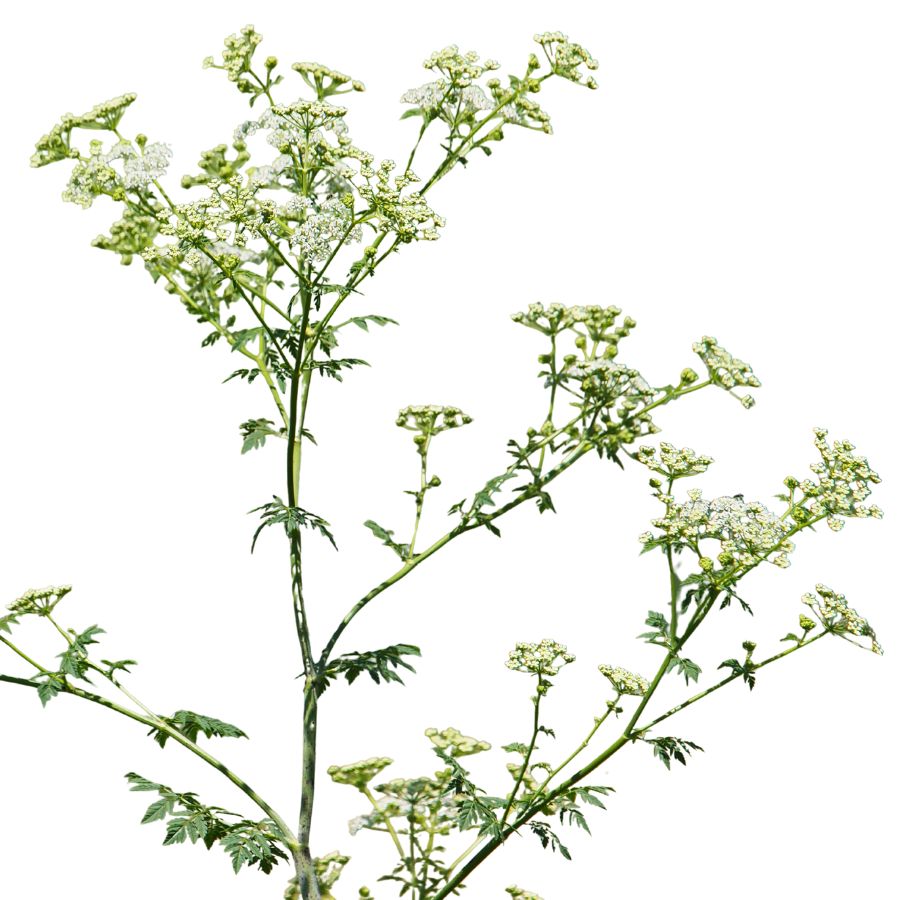
Often mistaken for: Wild carrot (Daucus carota)
Poison hemlock is a tall plant with lacy leaves and umbrella-like clusters of tiny white flowers. It has smooth, hollow stems with purple blotches and grows in sunny places like roadsides, meadows, and stream banks.
Unlike wild carrot, which has hairy stems and a dark central floret, poison hemlock has a musty odor and no flower center spot. It’s extremely toxic; just a small amount can be fatal, and even touching the sap can irritate the skin.
Water Hemlock (Cicuta spp.)
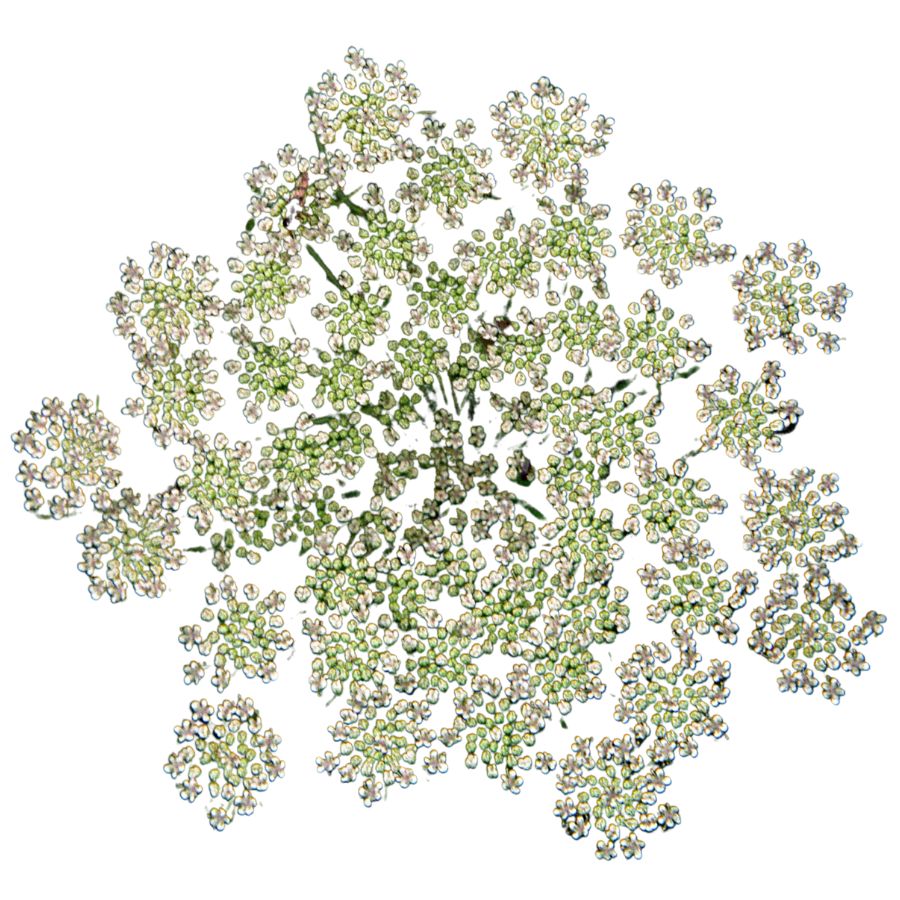
Often mistaken for: Wild parsnip (Pastinaca sativa) or wild celery (Apium spp.)
Water hemlock is a tall, branching plant with umbrella-shaped clusters of small white flowers. It grows in wet places like stream banks, marshes, and ditches, with stems that often show purple streaks or spots.
It can be confused with wild parsnip or wild celery, but its thick, hollow roots have internal chambers and release a yellow, foul-smelling sap when cut. Water hemlock is the most toxic plant in North America, and just a small amount can cause seizures, respiratory failure, and death.
False Hellebore (Veratrum viride)
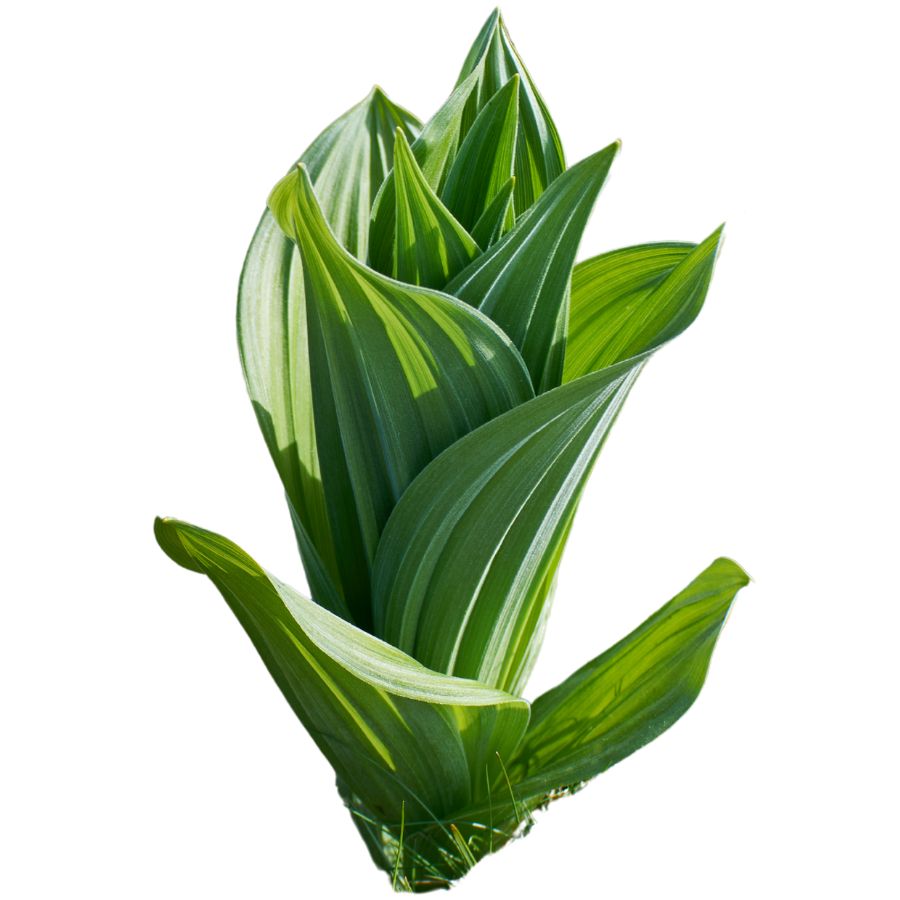
Often mistaken for: Ramps (Allium tricoccum)
False hellebore is a tall plant with broad, pleated green leaves that grow in a spiral from the base, often appearing early in spring. It grows in moist woods, meadows, and along streams.
It’s commonly mistaken for ramps, but ramps have a strong onion or garlic smell, while false hellebore is odorless and later grows a tall flower stalk. The plant is highly toxic, and eating any part can cause nausea, a slowed heart rate, and even death due to its alkaloids that affect the nervous and cardiovascular systems.
Death Camas (Zigadenus spp.)
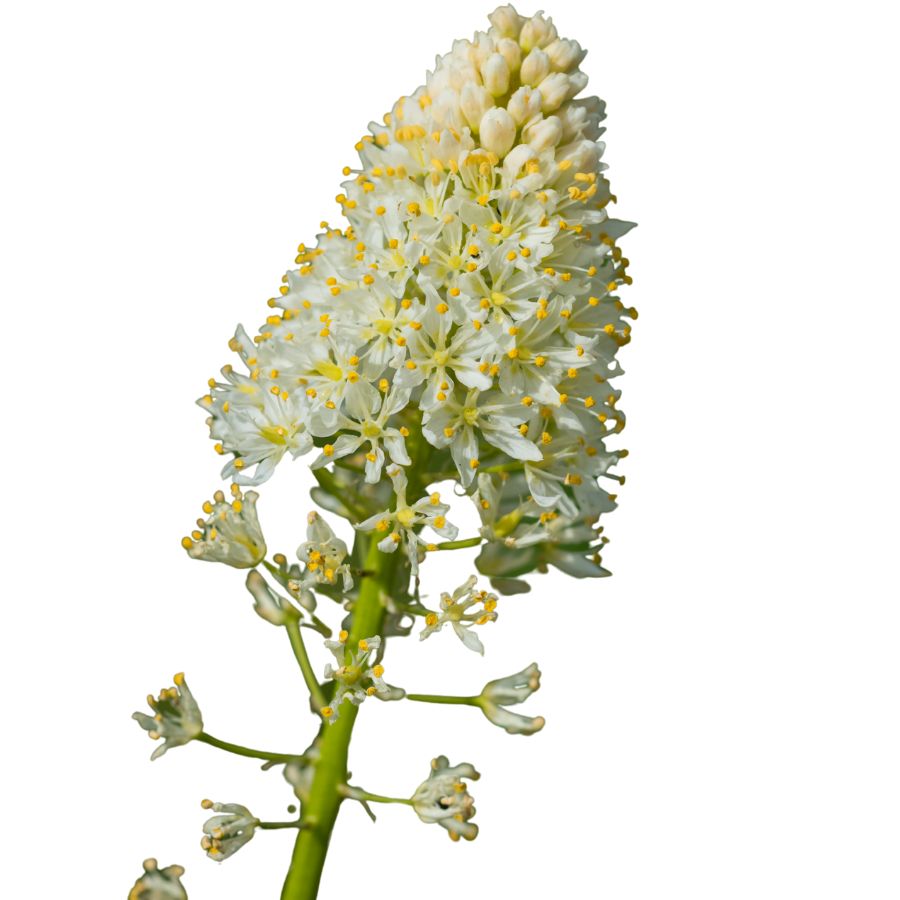
Often mistaken for: Wild onion or wild garlic (Allium spp.)
Death camas is a slender, grass-like plant that grows from underground bulbs and is found in open woods, meadows, and grassy hillsides. It has small, cream-colored flowers in loose clusters atop a tall stalk.
It’s often confused with wild onion or wild garlic due to their similar narrow leaves and habitats, but only Allium plants have a strong onion or garlic scent, while death camas has none. The plant is extremely poisonous, especially the bulbs, and even a small amount can cause nausea, vomiting, a slowed heartbeat, and potentially fatal respiratory failure.
Buckthorn Berries (Rhamnus spp.)
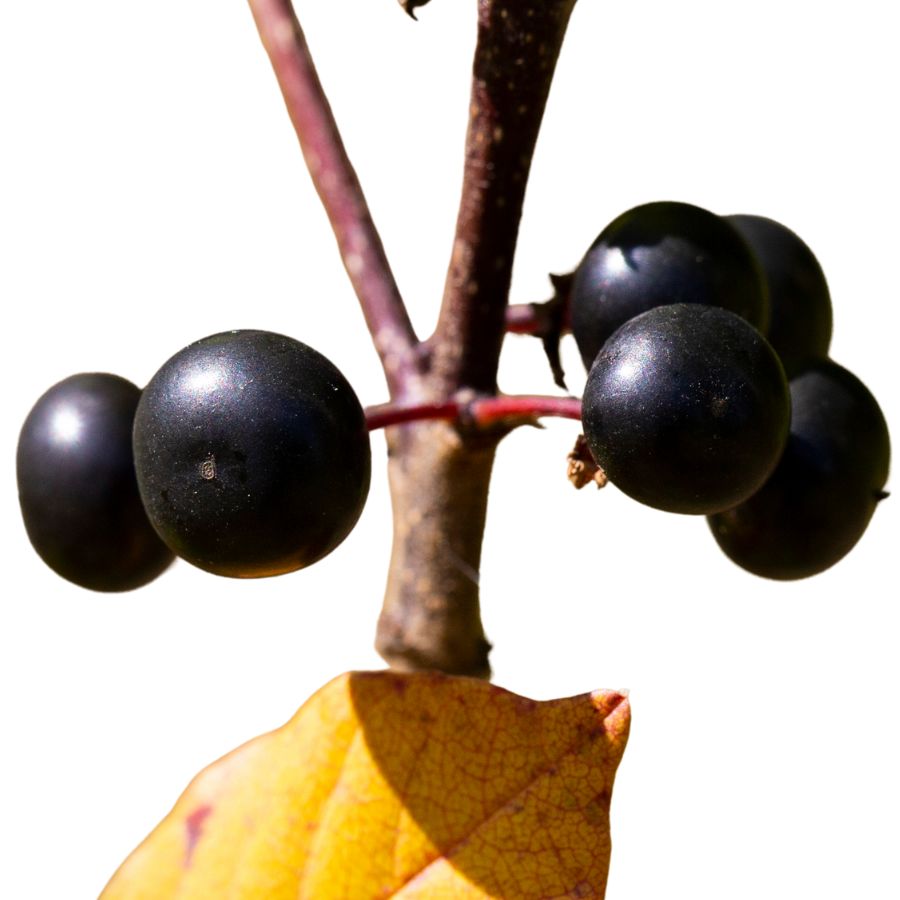
Often mistaken for: Elderberries (Sambucus spp.)
Buckthorn is a shrub or small tree often found along woodland edges, roadsides, and disturbed areas. It produces small, round berries that ripen to dark purple or black and usually grow in loose clusters.
These berries are sometimes mistaken for elderberries and other wild fruits, which also grow in dark clusters, but elderberries form flat-topped clusters on reddish stems while buckthorn berries are more scattered. Buckthorn berries are unsafe to eat as they contain compounds that can cause cramping, vomiting, and diarrhea, and large amounts may lead to dehydration and serious digestive problems.
Mayapple (Podophyllum peltatum)
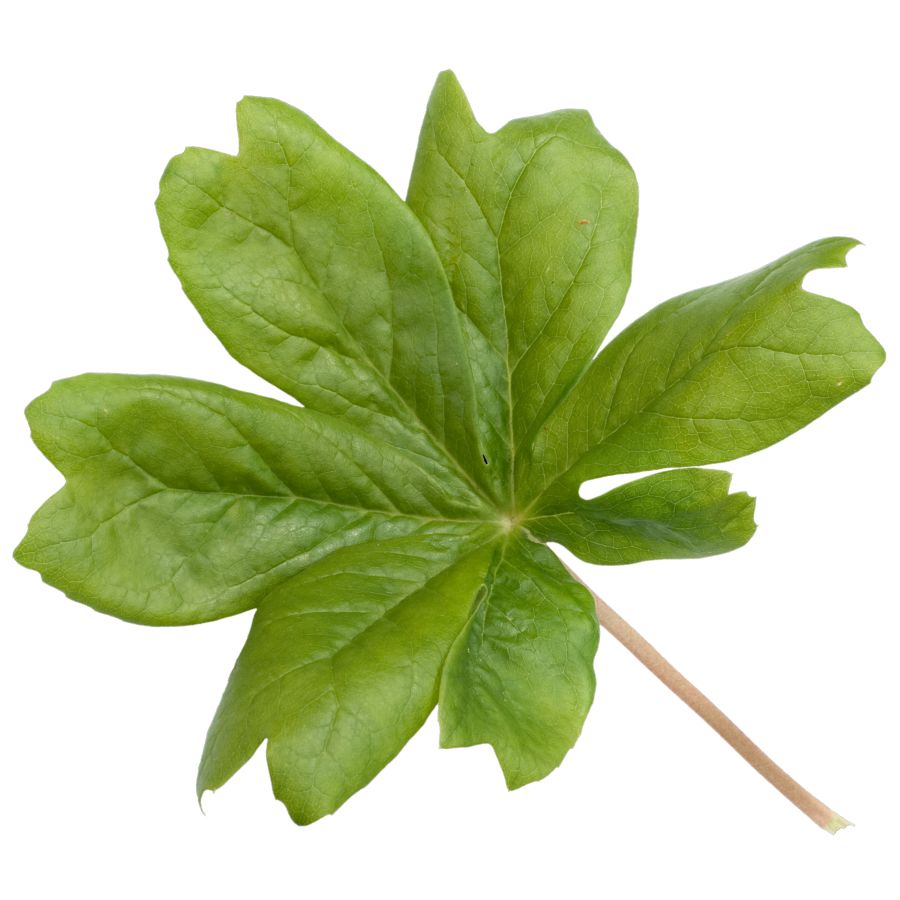
Often mistaken for: Wild grapes (Vitis spp.)
Mayapple is a low-growing plant found in shady forests and woodland clearings. It has large, umbrella-like leaves and produces a single pale fruit hidden beneath the foliage.
The unripe fruit resembles a small green grape, causing confusion with wild grapes, which grow in woody clusters on vines. All parts of the mayapple are toxic except the fully ripe, yellow fruit, which is only safe in small amounts. Eating unripe fruit or other parts can lead to nausea, vomiting, and severe dehydration.
Virginia Creeper (Parthenocissus quinquefolia)
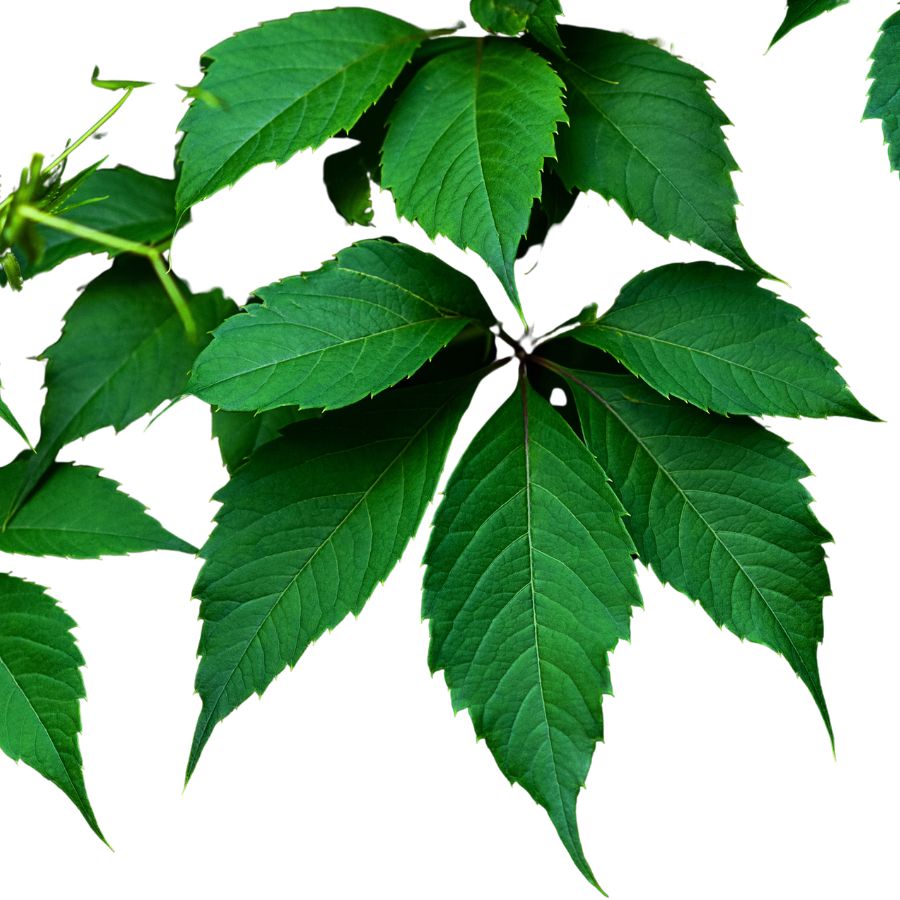
Often mistaken for: Wild grapes (Vitis spp.)
Virginia creeper is a fast-growing vine found on fences, trees, and forest edges. It has five leaflets per stem and produces small, bluish-purple berries from late summer to fall.
It’s often confused with wild grapes since both are climbing vines with similar berries, but grapevines have large, lobed single leaves and tighter fruit clusters. Virginia creeper’s berries are toxic to humans and contain oxalate crystals that can cause nausea, vomiting, and throat irritation.
Castor Bean (Ricinus communis)
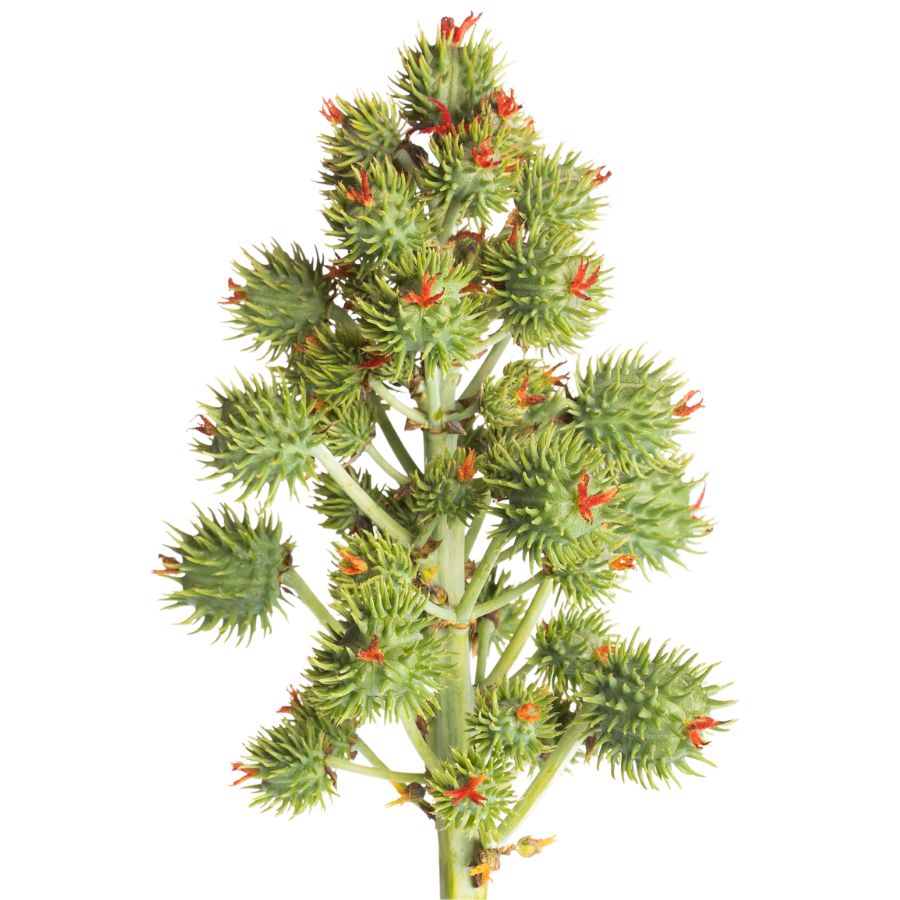
Often mistaken for: Wild rhubarb (Rumex spp. or Rheum spp.)
Castor bean is a bold plant with large, lobed leaves and tall red or green stalks, often found in gardens, along roadsides, and in disturbed areas in warmer regions in the US. Its red-tinged stems and overall size can resemble wild rhubarb to the untrained eye.
Unlike rhubarb, castor bean plants produce spiny seed pods containing glossy, mottled seeds that are extremely toxic. These seeds contain ricin, a deadly compound even in small amounts. While all parts of the plant are toxic, the seeds are especially dangerous and should never be handled or ingested.
A Quick Reminder
Before we get into the specifics about where and how to find these mushrooms, we want to be clear that before ingesting any wild mushroom, it should be identified with 100% certainty as edible by someone qualified and experienced in mushroom identification, such as a professional mycologist or an expert forager. Misidentification of mushrooms can lead to serious illness or death.
All mushrooms have the potential to cause severe adverse reactions in certain individuals, even death. If you are consuming mushrooms, it is crucial to cook them thoroughly and properly and only eat a small portion to test for personal tolerance. Some people may have allergies or sensitivities to specific mushrooms, even if they are considered safe for others.
The information provided in this article is for general informational and educational purposes only. Foraging for wild mushrooms involves inherent risks.
How to Get the Best Results Foraging
Safety should always come first when it comes to foraging. Whether you’re in a rural forest or a suburban greenbelt, knowing how to harvest wild foods properly is a key part of staying safe and respectful in the field.
Always Confirm Plant ID Before You Harvest Anything
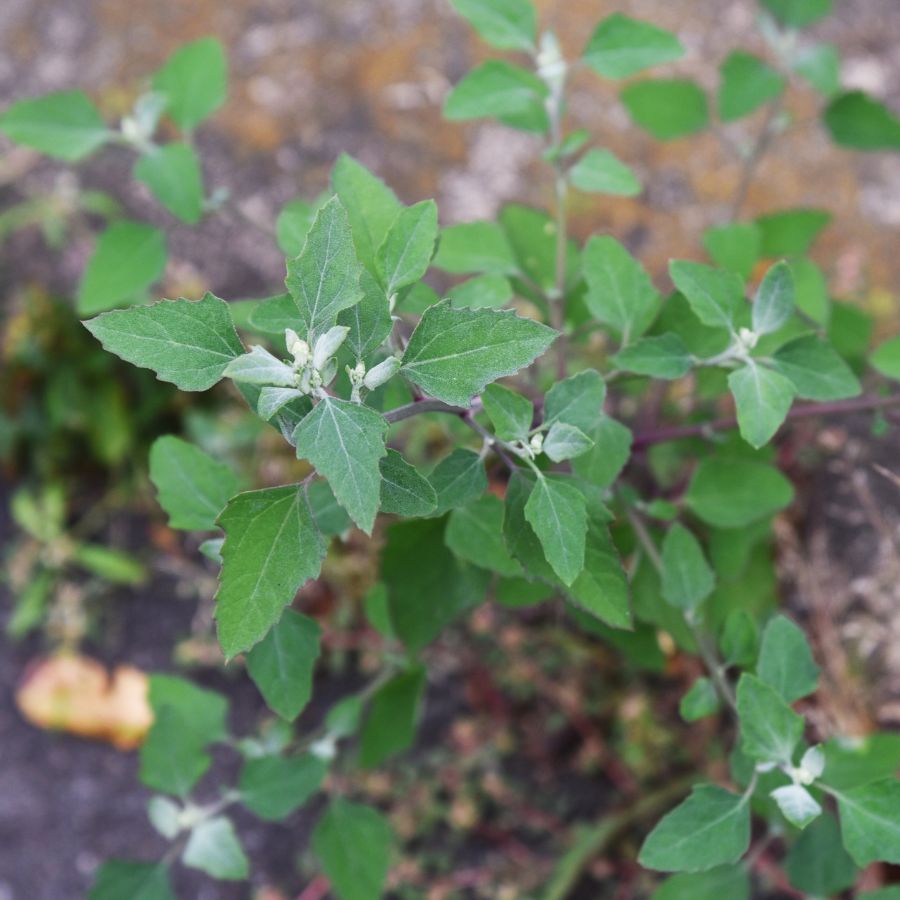
Knowing exactly what you’re picking is the most important part of safe foraging. Some edible plants have nearly identical toxic lookalikes, and a wrong guess can make you seriously sick.
Use more than one reliable source to confirm your ID, like field guides, apps, and trusted websites. Pay close attention to small details. Things like leaf shape, stem texture, and how the flowers or fruits are arranged all matter.
Not All Edible Plants Are Safe to Eat Whole
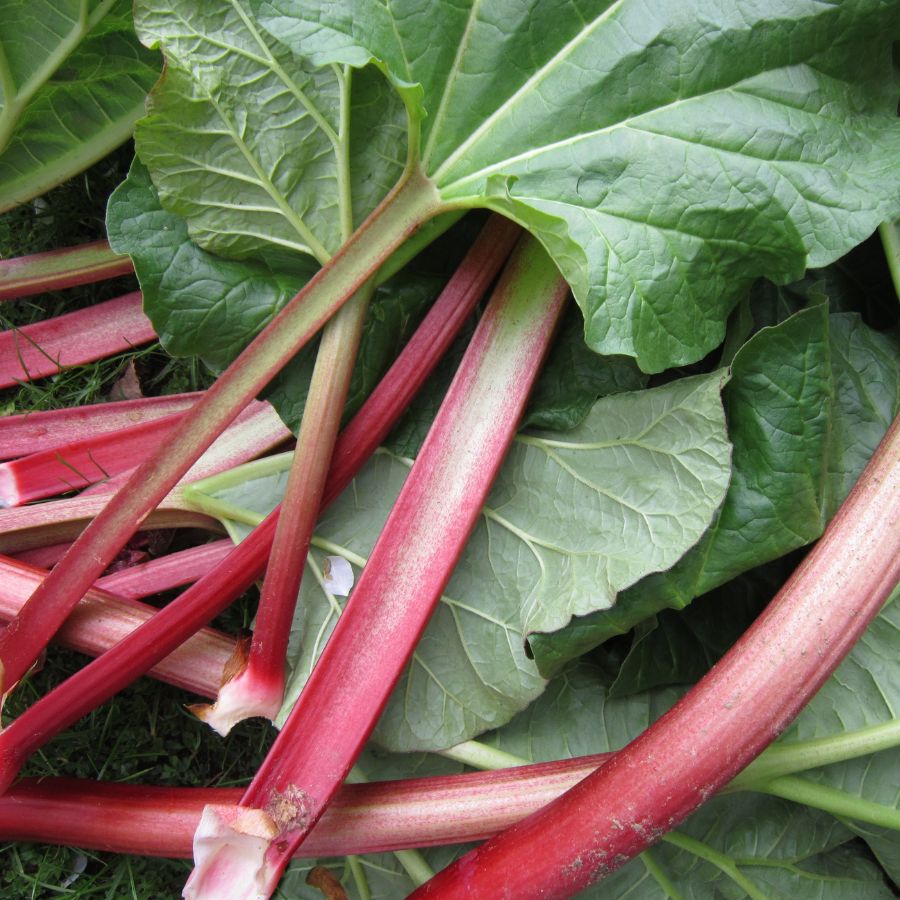
Just because a plant is edible doesn’t mean every part of it is safe. Some plants have leaves, stems, or seeds that can be toxic if eaten raw or prepared the wrong way.
For example, pokeweed is only safe when young and properly cooked, while elderberries need to be heated before eating. Rhubarb stems are fine, but the leaves are poisonous. Always look up which parts are edible and how they should be handled.
Avoid Foraging in Polluted or Contaminated Areas
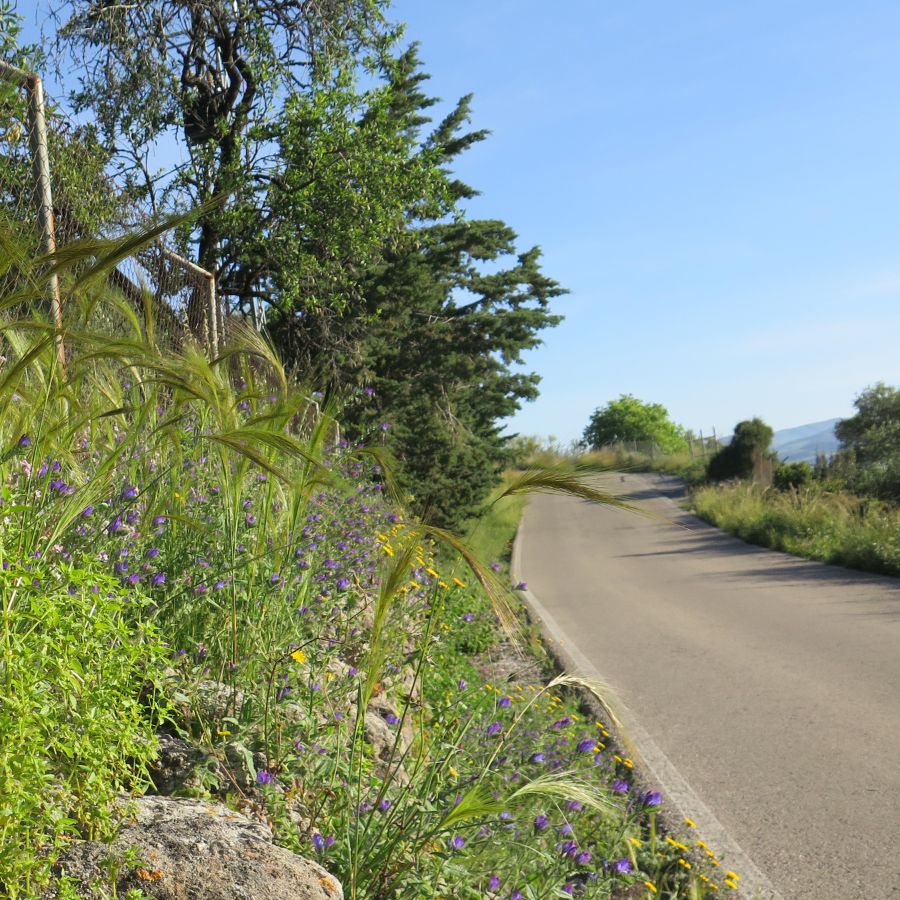
Where you forage matters just as much as what you pick. Plants growing near roads, buildings, or farmland might be coated in chemicals or growing in polluted soil.
Even safe plants can take in harmful substances from the air, water, or ground. Stick to clean, natural areas like forests, local parks that allow foraging, or your own yard when possible.
Don’t Harvest More Than What You Need
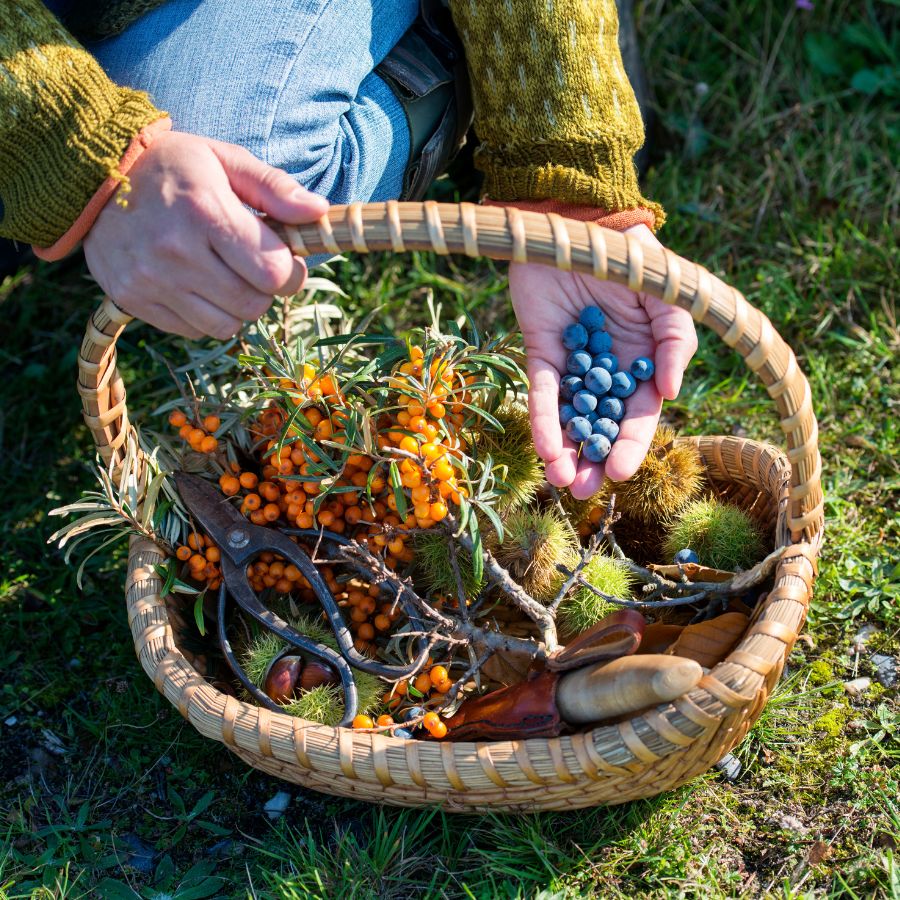
When you forage, take only what you plan to use. Overharvesting can hurt local plant populations and reduce future growth in that area.
Leaving plenty behind helps plants reproduce and supports wildlife that depends on them. It also ensures other foragers have a chance to enjoy the same resources.
Protect Yourself and Your Finds with Proper Foraging Gear

Having the right tools makes foraging easier and safer. Gloves protect your hands from irritants like stinging nettle, and a good knife or scissors lets you harvest cleanly without damaging the plant.
Use a basket or breathable bag to carry what you collect. Plastic bags hold too much moisture and can cause your greens to spoil before you get home.
This forager’s toolkit covers the essentials for any level of experience.
Watch for Allergic Reactions When Trying New Wild Foods

Even if a wild plant is safe to eat, your body might react to it in unexpected ways. It’s best to try a small amount first and wait to see how you feel.
Be extra careful with kids or anyone who has allergies. A plant that’s harmless for one person could cause a reaction in someone else.
Check Local Rules Before Foraging on Any Land
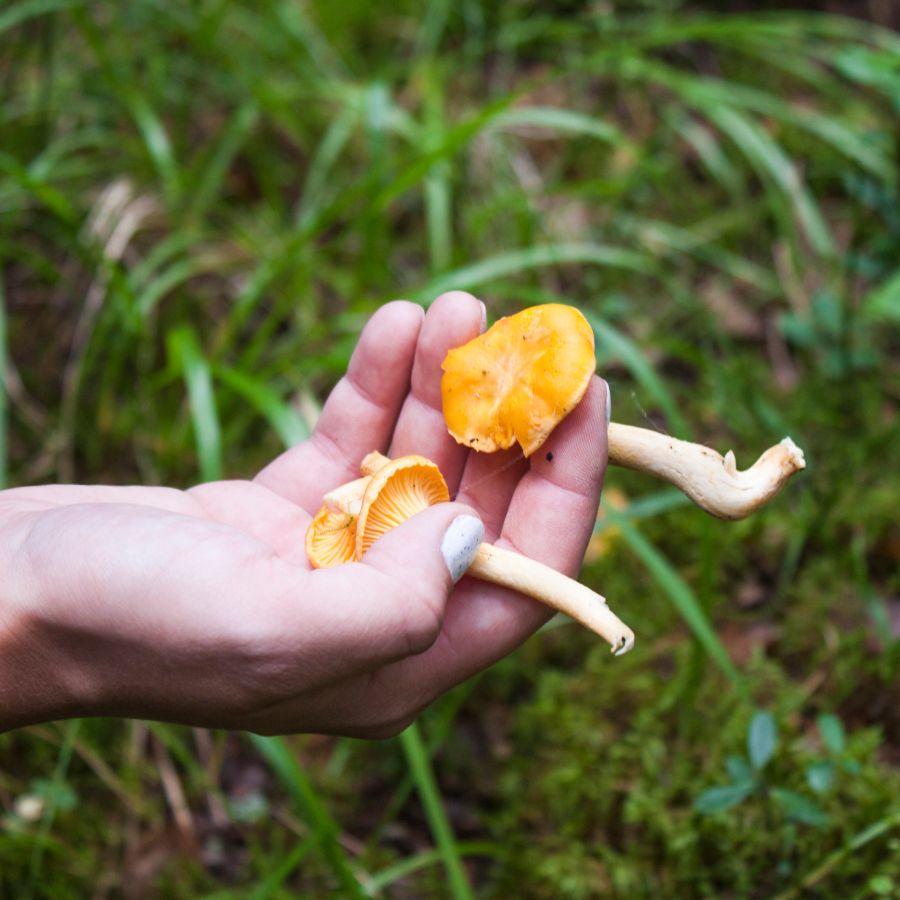
Before you start foraging, make sure you know the rules for the area you’re in. What’s allowed in one spot might be completely off-limits just a few miles away.
Some public lands permit limited foraging, while others, like national parks, usually don’t allow it at all. If you’re on private property, always get permission first.
Before you head out
Before embarking on any foraging activities, it is essential to understand and follow local laws and guidelines. Always confirm that you have permission to access any land and obtain permission from landowners if you are foraging on private property. Trespassing or foraging without permission is illegal and disrespectful.
For public lands, familiarize yourself with the foraging regulations, as some areas may restrict or prohibit the collection of mushrooms or other wild foods. These regulations and laws are frequently changing so always verify them before heading out to hunt. What we have listed below may be out of date and inaccurate as a result.
Where to Find Forageables in the State
There is a range of foraging spots where edible plants grow naturally and often in abundance:
| Plant | Locations |
|---|---|
| Black walnut (Juglans nigra) | – Ozark National Forest – Ouachita National Forest – Lake Catherine State Park |
| Pawpaw (Asimina triloba) | – Petit Jean State Park – Buffalo National River area – Cane Creek State Park |
| American persimmon (Diospyros virginiana) | – Delta Heritage Trail State Park – Lake Chicot State Park – White Oak Lake State Park |
| Wild plum (Prunus americana) | – Hobbs State Park-Conservation Area – Mount Magazine State Park – Crowley’s Ridge State Park |
| Sand plum (Prunus angustifolia) | – Lake Ouachita State Park – Village Creek State Park – Poison Springs State Forest |
| Elderberry (Sambucus canadensis) | – Lake Dardanelle State Park – Lake Poinsett State Park – Mississippi River levee areas |
| Pecan (Carya illinoinensis) | – Arkansas River Valley – Lake Charles State Park – Moro Bay State Park |
| Hickory nut (Carya spp.) | – Ozark Highlands Trail – Ouachita Mountains – Lake Greeson area |
| Mulberry (Morus rubra) | – Pinnacle Mountain State Park – Lake Fort Smith State Park – Bayou Bartholomew WMA |
| Chickweed (Stellaria media) | – Urban parks in Little Rock – Fayetteville city parks – Helena-West Helena community gardens |
| Dandelion (Taraxacum officinale) | – Lawns statewide – Roadsides across Arkansas – Delta farm fields |
| Lamb’s quarters (Chenopodium album) | – Bentonville gardens – Pine Bluff vacant lots – Stuttgart field edges |
| Wood sorrel (Oxalis spp.) | – Ouachita forest floors – Hot Springs shaded trails – Ozark glades |
| Plantain (Plantago major, P. rugelii) | – Jonesboro lawns – Mount Nebo trails – Open Delta fields |
| Wild onion (Allium canadense) | – White River NWR meadows – Searcy grasslands – Ouachita foothills |
| Wild garlic (Allium vineale) | – Ozark pastures – Texarkana roadsides – Arkansas River Valley |
| Jerusalem artichoke (Helianthus tuberosus) | – Mississippi riverbanks – Crowley’s Ridge edges – Lake Conway surroundings |
| Mayapple (Podophyllum peltatum) | – Boston Mountains forests – Ouachita understory – Mount Magazine woodlands |
| Cattail (Typha spp.) | – Cache River NWR wetlands – Millwood Park ponds – Lake Maumelle marsh |
| Violet (Viola spp.) | – Devil’s Den forests – Eureka Springs yards – Ozark hardwood groves |
| Purslane (Portulaca oleracea) | – Little Rock gardens – Fort Smith sidewalks – Delta tilled fields |
| Wild grape (Vitis riparia, Vitis vulpina) | – Buffalo River banks – Lake Ouachita trails – Hobbs forest edges |
| Greenbrier (Smilax spp.) | – Ouachita thickets – Ozark understory – Lake Catherine slopes |
| Daylily (Hemerocallis fulva) | – Fayetteville gardens – Hot Springs roadside – Little Rock urban wilds |
| Sheep sorrel (Rumex acetosella) | – Arkansas Valley meadows – Lake Dardanelle field edges – Ouachita foothills |
| Curled dock (Rumex crispus) | – Delta drainage areas – Ozark streambanks – Lake Chicot margins |
| False Solomon’s seal (Maianthemum racemosum) | – Mount Nebo shady slopes – Ouachita uplands – Greers Ferry Lake woods |
| Wild rose (Rosa spp.) | – Rural roadsides – Ozark clearings – Lake Greeson hills |
| Nutsedge (Cyperus esculentus) | – Delta field edges – Stuttgart ditch banks – White County marshy zones |
| Sassafras (Sassafras albidum) | – Boston Mountains – Lake Ouachita woods – Petit Jean bluff trails |
| Redbud (Cercis canadensis) | – Ozark forest edges – Little Rock parks – Hwy 412 near Springdale |
| American beautyberry (Callicarpa americana) | – Ouachita understory – Lake DeGray trails – Village Creek woods |
| Chokecherry (Prunus virginiana) | – Ozark forests area – River Valley pasture edges – Lake Norfork banks |
| Groundnut (Apios americana) | – Delta streamsides – Bayou Bartholomew – White River bottoms |
| Wild lettuce (Lactuca virosa) | – Ouachita fields – Fort Smith roadsides – Ozark grasslands |
| Serviceberry (Amelanchier arborea) | – Mount Magazine slopes – Lake Greeson ridges – Devil’s Den paths |
| Wild strawberry (Fragaria virginiana) | – Ozark meadows – Fayetteville backyards – Lake Catherine fields |
| Blackberry (Rubus allegheniensis) | – Ouachita thickets – Pinnacle Mountain borders – River Valley trails |
| Dewberry (Rubus trivialis) | – Delta fence lines – Texarkana pastures – Ozark meadows |
| Goosefoot (Chenopodium berlandieri) | – Delta farmland – Pine Bluff edges – Ouachita clearings |
| Indian cucumber root (Medeola virginiana) | – Ozark shaded slopes – Mount Nebo trails – Lake Norfork woods |
| Spring beauty (Claytonia virginica) | – Boston Mountains woodlands – Lake Dardanelle glades – Ozark shaded hills |
| Smartweed (Polygonum pensylvanicum) | – Cache River marsh – Delta lowlands – Lake Chicot reeds |
| Burdock (Arctium minus) | – Hot Springs roadsides – Arkansas River fields – Little Rock vacant lots |
| Slippery elm (Ulmus rubra) | – Ozark hardwoods – Lake Ouachita paths – Mount Magazine ridges |
Peak Foraging Seasons
Different edible plants grow at different times of year, depending on the season and weather. Timing your search makes all the difference.
Spring
Spring brings a fresh wave of wild edible plants as the ground thaws and new growth begins:
| Plant | Months | Best Weather Conditions |
|---|---|---|
| Wild onion (Allium canadense) | March–May | sunny meadows and moist grassy areas |
| Wild garlic (Allium vineale) | March–May | open pastures after rain |
| Dandelion (Taraxacum officinale) | March–May | lawns and fields after light showers |
| Chickweed (Stellaria media) | February–April | cool, moist garden beds or shaded lawns |
| Violet (Viola spp.) | March–May | shaded forest floors after spring rain |
| Spring beauty (Claytonia virginica) | March–May | cool forest floors, often after thaw |
| Redbud (Cercis canadensis) | March–April | edges of woodlands on warm spring days |
| Wood sorrel (Oxalis spp.) | March–May | damp forest understory |
| False Solomon’s seal (Maianthemum racemosum) | March–May | shaded moist woodland areas |
| Mayapple (Podophyllum peltatum) | April–May | cool, shaded deciduous woods |
| Plantain (Plantago major, P. rugelii) | March–May | open grassy areas and trailsides |
| Lamb’s quarters (Chenopodium album) | April–May | disturbed fields and garden edges |
| Sheep sorrel (Rumex acetosella) | March–May | open meadows and sandy soils |
Summer
Summer is a peak season for foraging, with fruits, flowers, and greens growing in full force:
| Plant | Months | Best Weather Conditions |
|---|---|---|
| Pawpaw (Asimina triloba) | June–August | humid forest understory with rich soil |
| Mulberry (Morus rubra) | May–July | edges of woods and along streams |
| Blackberry (Rubus allegheniensis) | June–August | sunny brambles and forest edges |
| Dewberry (Rubus trivialis) | May–July | open meadows and field edges |
| Wild grape (Vitis riparia, Vitis vulpina) | June–August | sunny vines on forest margins |
| Goosefoot (Chenopodium berlandieri) | June–August | weedy areas with disturbed soil |
| Daylily (Hemerocallis fulva) | May–July | sunny roadsides and field edges |
| Purslane (Portulaca oleracea) | June–September | hot, dry garden beds and sidewalks |
| Curled dock (Rumex crispus) | May–July | moist streambanks and meadows |
| Serviceberry (Amelanchier arborea) | May–June | well-drained slopes and ridgelines |
| Wild strawberry (Fragaria virginiana) | May–June | open forest glades and clearings |
| Smartweed (Polygonum pensylvanicum) | June–August | wetlands and muddy streambanks |
| Indian cucumber root (Medeola virginiana) | May–July | cool, damp hardwood forests |
Fall
As temperatures drop, many edible plants shift underground or produce their last harvests:
| Plant | Months | Best Weather Conditions |
|---|---|---|
| American persimmon (Diospyros virginiana) | September–November | forest edges and open fields |
| Pecan (Carya illinoinensis) | October–November | river bottoms and lowland woods |
| Hickory nut (Carya spp.) | September–November | mature hardwood forests |
| Black walnut (Juglans nigra) | September–October | rich bottomland forests |
| Wild plum (Prunus americana) | August–September | sunny woodland edges |
| Sand plum (Prunus angustifolia) | August–September | dry fields and sandy plains |
| American beautyberry (Callicarpa americana) | September–October | moist, shaded woodlands |
| Chokecherry (Prunus virginiana) | August–September | forest edges and thickets |
| Groundnut (Apios americana) | September–November | wet thickets and streambanks |
| Elderberry (Sambucus canadensis) | August–September | moist woodlands and edges (must cook) |
| Wild rose (Rosa spp.) | September–October | roadsides and sunny fields |
| Sassafras (Sassafras albidum) | September–October | upland woods and edges |
| Jerusalem artichoke (Helianthus tuberosus) | October–November | riverbanks and disturbed soil |
Winter
Winter foraging is limited but still possible, with hardy plants and preserved growth holding on through the cold:
| Plant | Months | Best Weather Conditions |
|---|---|---|
| Cattail (Typha spp.) | December–February | frozen marshes and edges of wetlands |
| Nutsedge (Cyperus esculentus) | December–February | moist fields and ditch banks |
| Burdock (Arctium minus) | December–February | disturbed soils and roadsides |
| Slippery elm (Ulmus rubra) | January–February | riparian woods and forest interiors |
One Final Disclaimer
The information provided in this article is for general informational and educational purposes only. Foraging for wild plants and mushrooms involves inherent risks. Some wild plants and mushrooms are toxic and can be easily mistaken for edible varieties.
Before ingesting anything, it should be identified with 100% certainty as edible by someone qualified and experienced in mushroom and plant identification, such as a professional mycologist or an expert forager. Misidentification can lead to serious illness or death.
All mushrooms and plants have the potential to cause severe adverse reactions in certain individuals, even death. If you are consuming foraged items, it is crucial to cook them thoroughly and properly and only eat a small portion to test for personal tolerance. Some people may have allergies or sensitivities to specific mushrooms and plants, even if they are considered safe for others.
Foraged items should always be fully cooked with proper instructions to ensure they are safe to eat. Many wild mushrooms and plants contain toxins and compounds that can be harmful if ingested.

